If y’all are suckers for that Southern charm of Reese Witherspoon, Jennifer Lawrence, George Clooney, or Matthew McConaughey, you’ve likely also imagined that perfect Southern town and Charleston may be what you’ve pictured. If you’re also hopein’ for sweet tea sippin’, fan waving, “I do declares” and “yes ma’ams” you might be disappointed, but what will you find is good mannered, welcoming, genteel Southern residents (with an influx of well-to-do New Yorkers).
Still, there so many reasons that Charleston should top your vacation list!
Let’s start with the fact that Charleston has over 2,500 historical buildings and the vast majority are exquisitely preserved. These pretty watercolor-washed homes line cobblestone streets framed by colossal oaks with dripping Spanish moss. Under streetside windows, carefully selected flowers are packed in flower boxes and the flickering flames of lanterns stand ready and welcoming. Many homes are based on English row houses. They’re narrow, two-to-three-stories, and the doors facing the street often enter first to the back porch, rather than the house itself. Whether you know your Colonial from Georgian, Federal, or Victorian, you’ll enjoy simply walking around the different styles and peeking through ornate ironworks at their hidden gardens and beautifully landscaped yards. It is absolutely one of the prettiest cities we’ve visited anywhere in the U.S.!
We spent the first evening in north Charleston at a Harvest Host called Tideland Brewery. Solid choice for a good burger, beer flights, and a level and quiet overnight stay.
Our first morning in Charleston was spent on a Free Tours by Foot of Historic Charleston (link to site here). Not only did we learn a lot of about the area, but our local guide gave us plenty of tips that informed the rest of our visit.
In 1773, Charleston was described as the wealthiest town in the American South. It’s huge port and city were a hub for indigo, cotton, rice and slavery. It’s imperative that we remember that these beautiful plantations, homes and gardens were the result of thousands of men and women who worked under the harshest conditions for the prosperity of their owners. Charleston was the largest slave port in the United States – some estimate that nearly 80 percent of African Americans can trace to an ancestor who arrived in Charleston. Though Congress outlawed the African slave trade in 1808, domestic trading flourished, nearly tripling over the next 50 years. www.charleston-sc.gov says that in 1856, the city of Charleston passed a city ordinance prohibiting public sales, but slave sales continued in the city behind closed doors until late 1863. The Old Slave Mart Museum in the French Quarter near the hard-to-miss, pink French Huguenot Church tells this sad story.
More of Charleston’s history can be learned at the Old Exchange and Provost Dungeon nearby where costumed guides relate a history of pirates and patriots who were imprisoned here. Fort Sumpter National Park is where the first shots of the Civil War were fired, and it can be reached via boat from Charleston.
Our walking tour provided a good overview of the city and, as mentioned above, it introduced us to other things we wanted to see and do with our remaining time here.
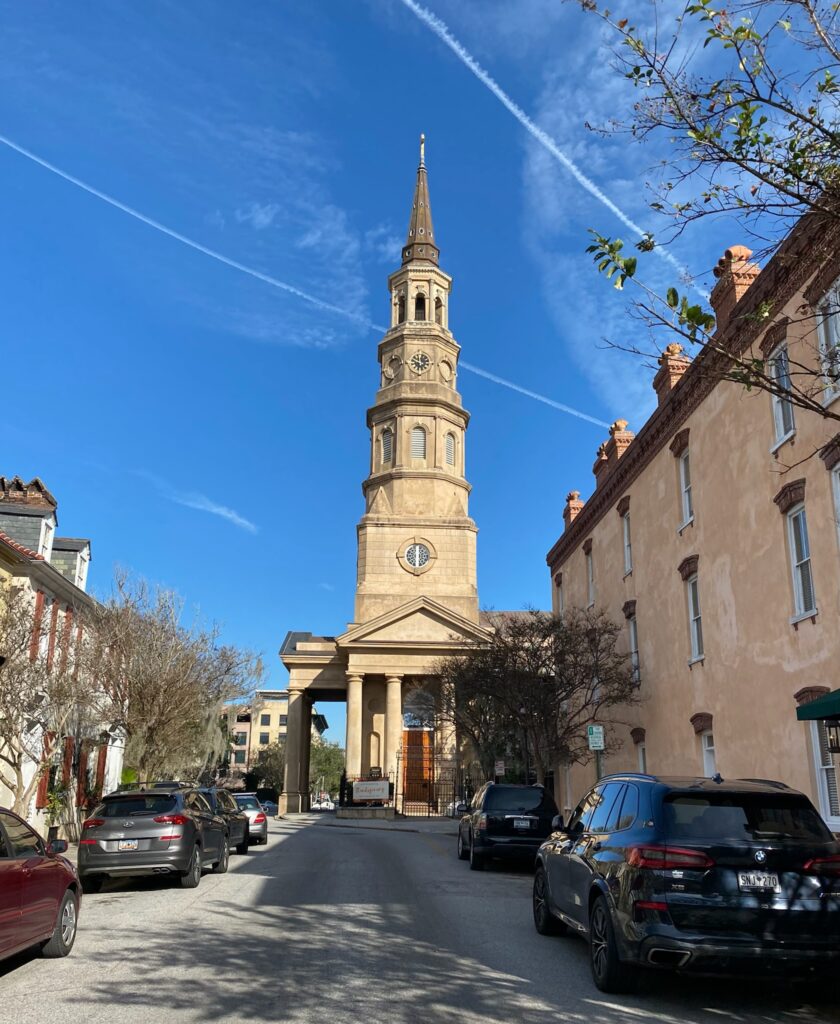
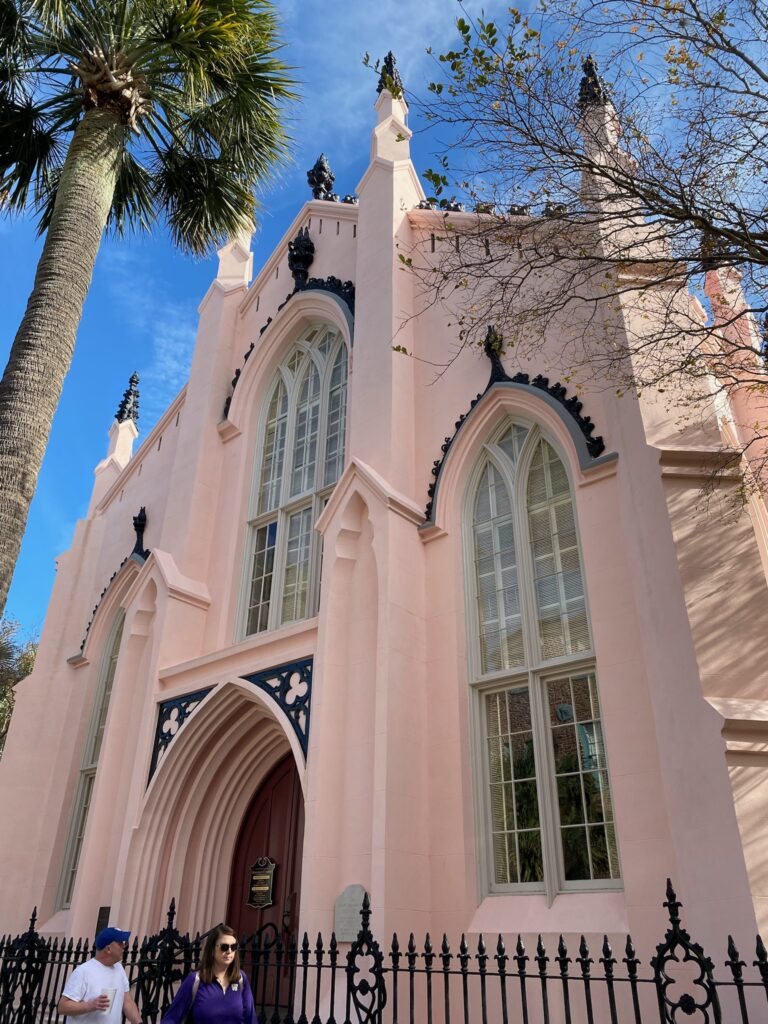
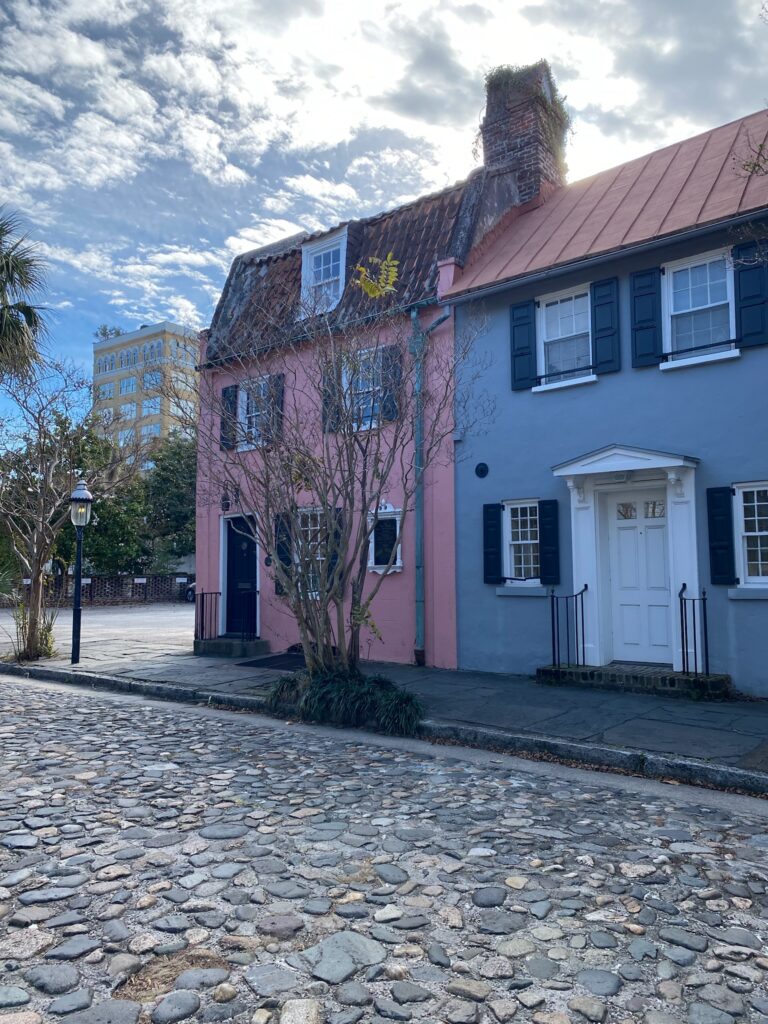
1685 pink house – oldest in city, 3rd oldest in state
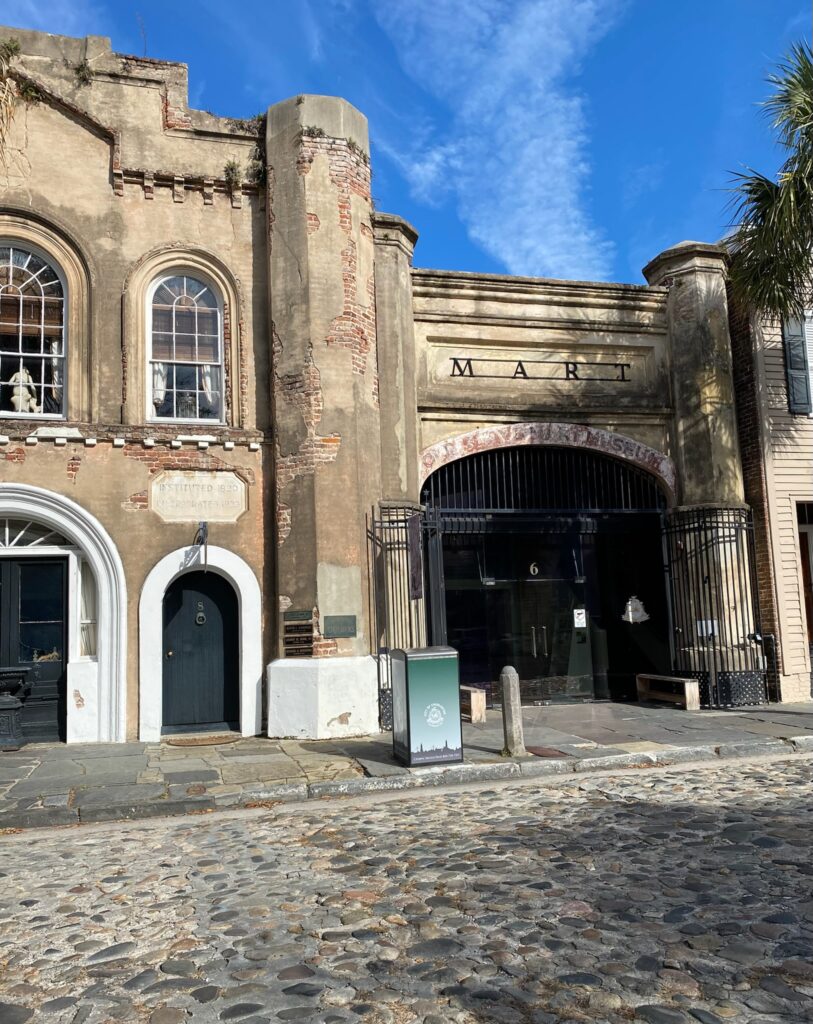
The Old Slave Mart 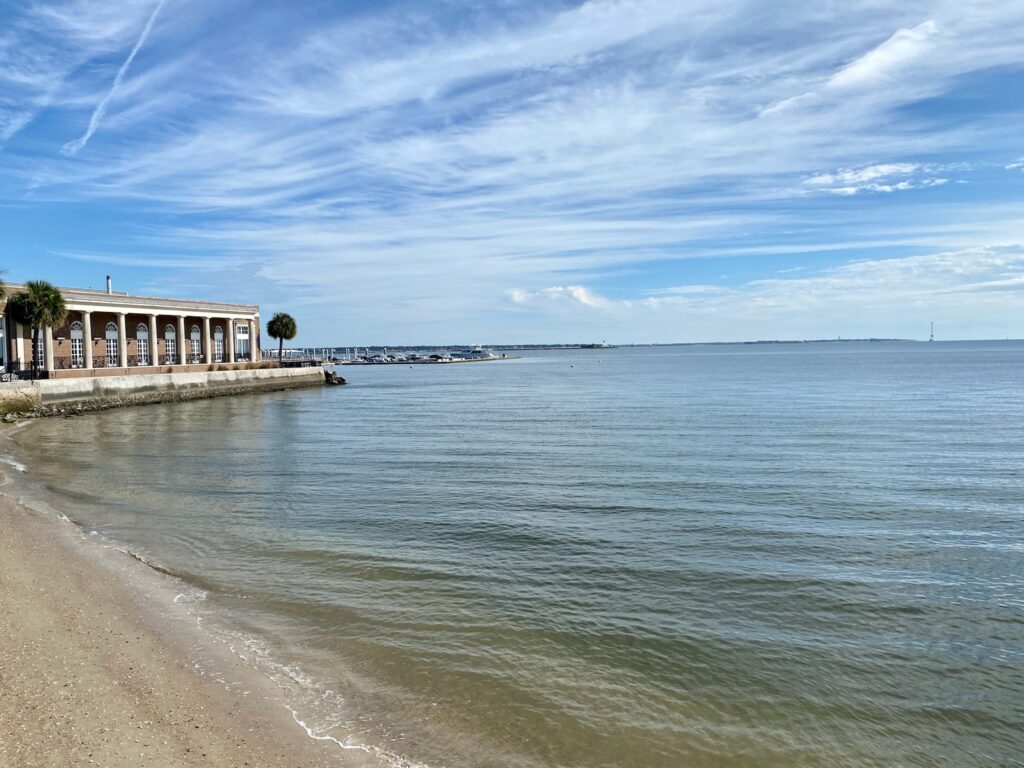
After the tour, we grabbed a late brunch at Poogan’s Porch where one can not only enjoy a mimosa or a bloody Mary, but also some southern classics like fried green tomatoes, chicken and waffles, or shrimp and grits.
Stuffed, we needed to walk off some of those extra calories, so we headed towards the Joe Riley Waterfront Park that stretches more than 1,000 feet along the waterfront and contains Charleston’s most photographed attraction, the Pineapple Fountain. This fountain is not old. It was built in 1990 because the pineapple is a popular Charleston motif that supposedly represents hospitality.
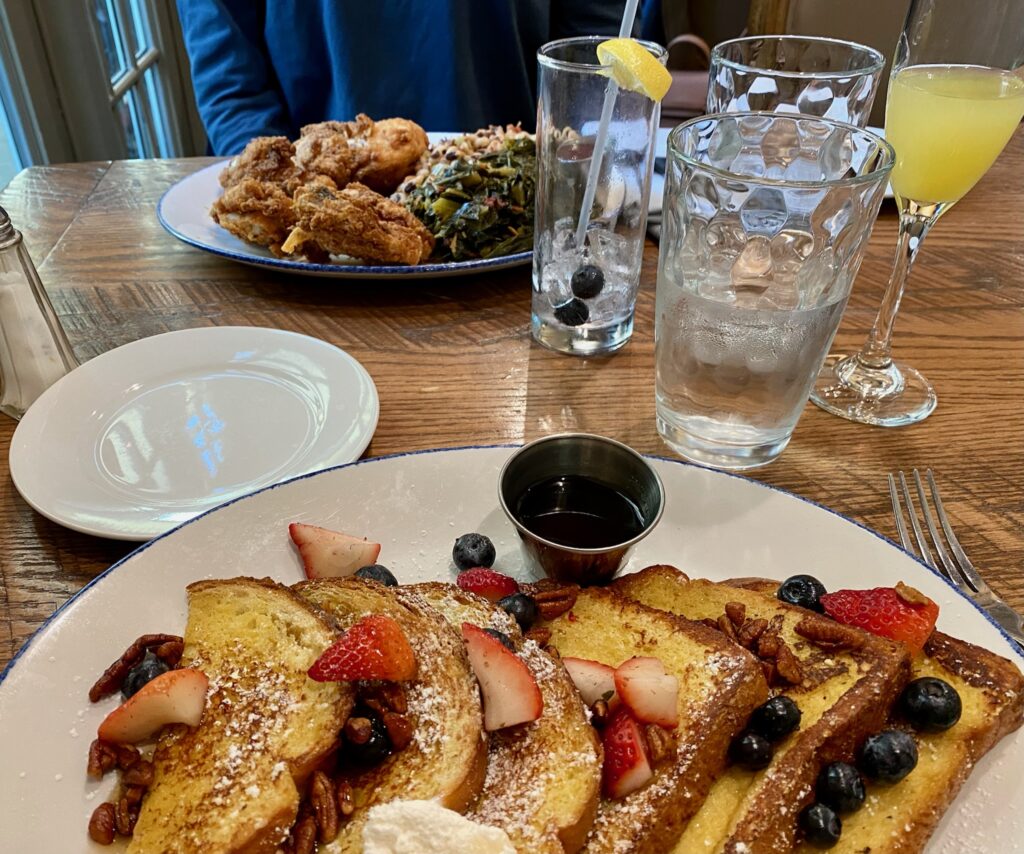
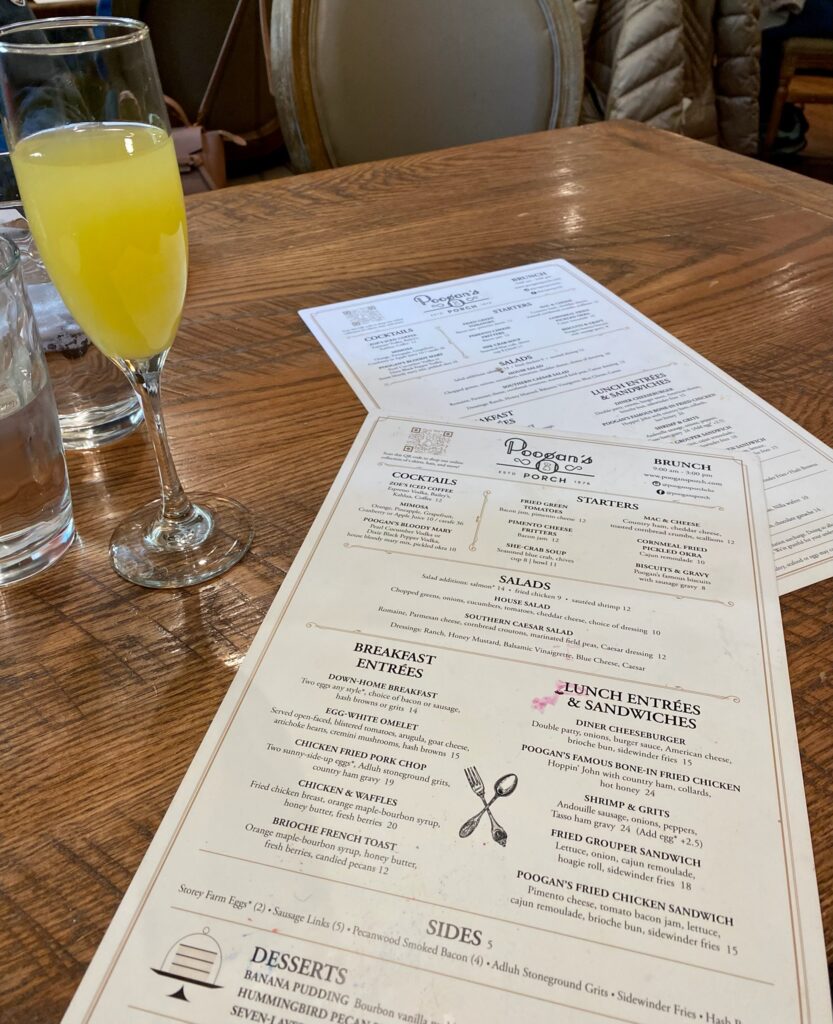
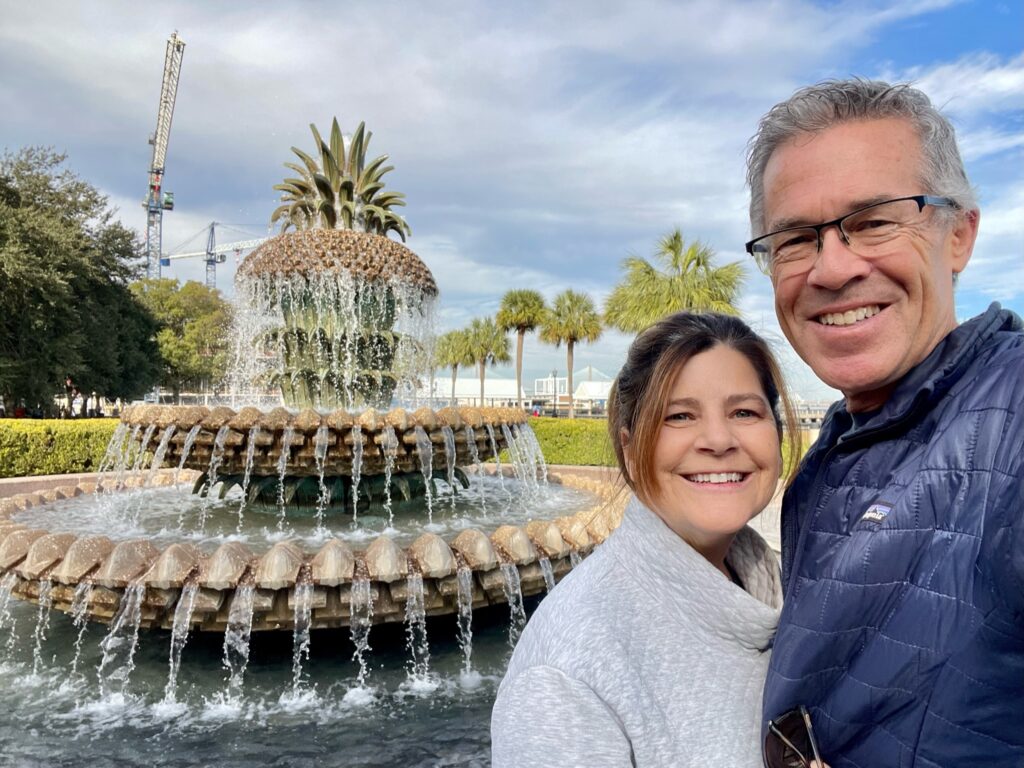
Pineapple Fountain
After a great day in historic downtown, we parked the RV that evening under the gorgeous Ravenel Bridge at Mt. Pleasanton Waterfront Park and yes, we can now honestly say we’ve lived under a bridge. Doug took a nice walk along its walkway for its sweeping views of Charleston. This 2005 bridge is more than just a pretty bridge, it was built to withstand winds in excess of 300 miles per hour and a 7.4-scale earthquake.
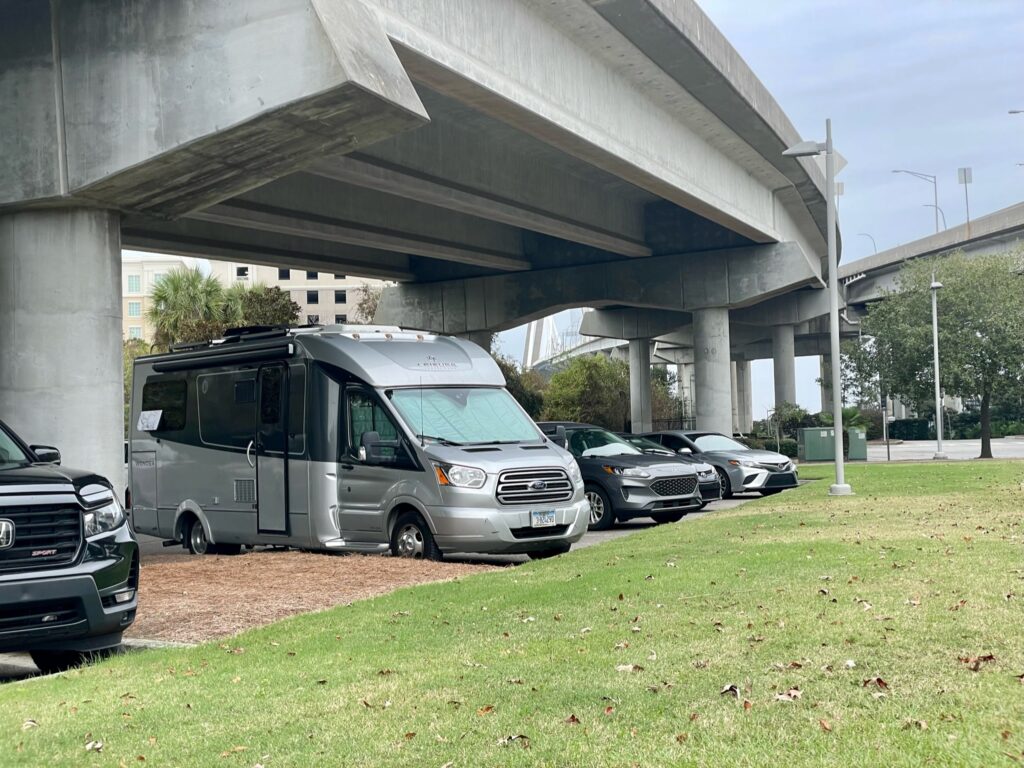
Living Under A Bridge 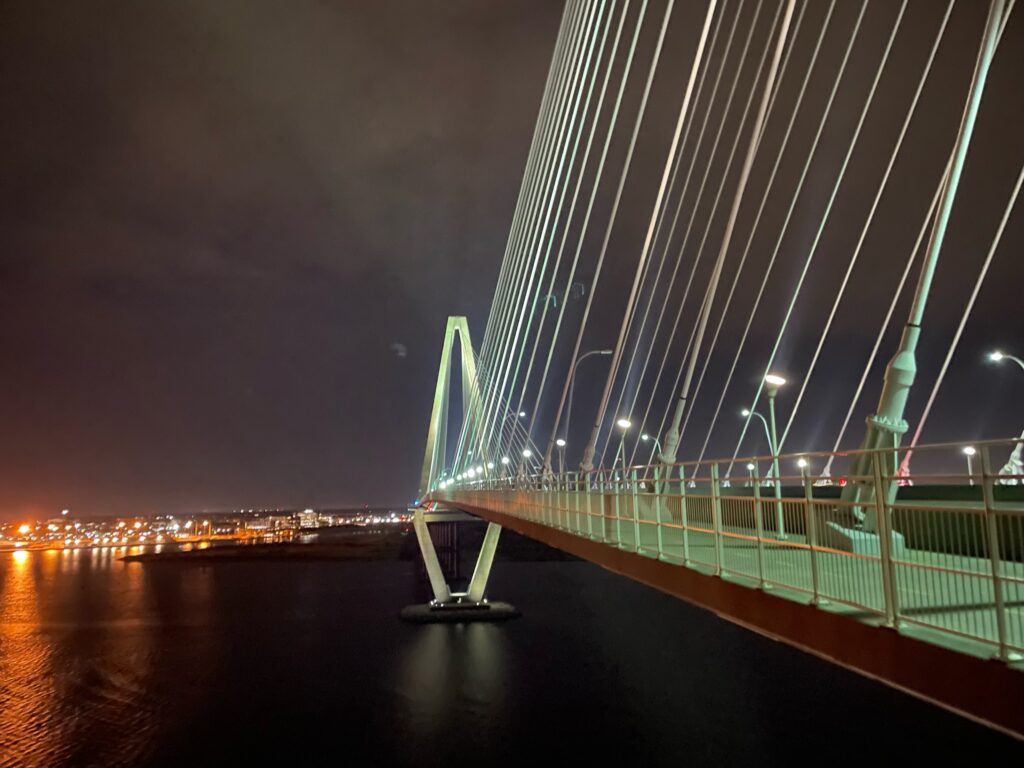
We knew from our tour guide the day before that the trip to and from Fort Sumpter National Monument, as well as touring it, would take up the full day so we opted instead for walking around town. We found ample parking along the waterfront, White Point Garden Park and set off from there to tour the Nathanial Russell House that we’d passed on the historic tour the day before. This Neoclassical home is known for its three-story, free-standing spiral staircase and fully furnished period pieces courtesy of the Historic Charleston Foundation. The Russell House is one of two historic homes in Charleston owned by the Historic Charleston Foundation (historiccharleston.org) and open to the public year-round. It has been meticulously restored to period-conditions utilizing “forensic analysis and cutting-edge conservation technology” (like examining the large rats nests found in the walls for evidence of the original wallpaper and floorcoverings). In addition to managing the two “museum homes” the foundation also sponsors seasonal neighborhood tours when many of the spectacular private homes are opened for tours (with generous property tax incentives provided to the owners for doing so) – with the Christmas Holiday and Spring Tours being particularly big draws.
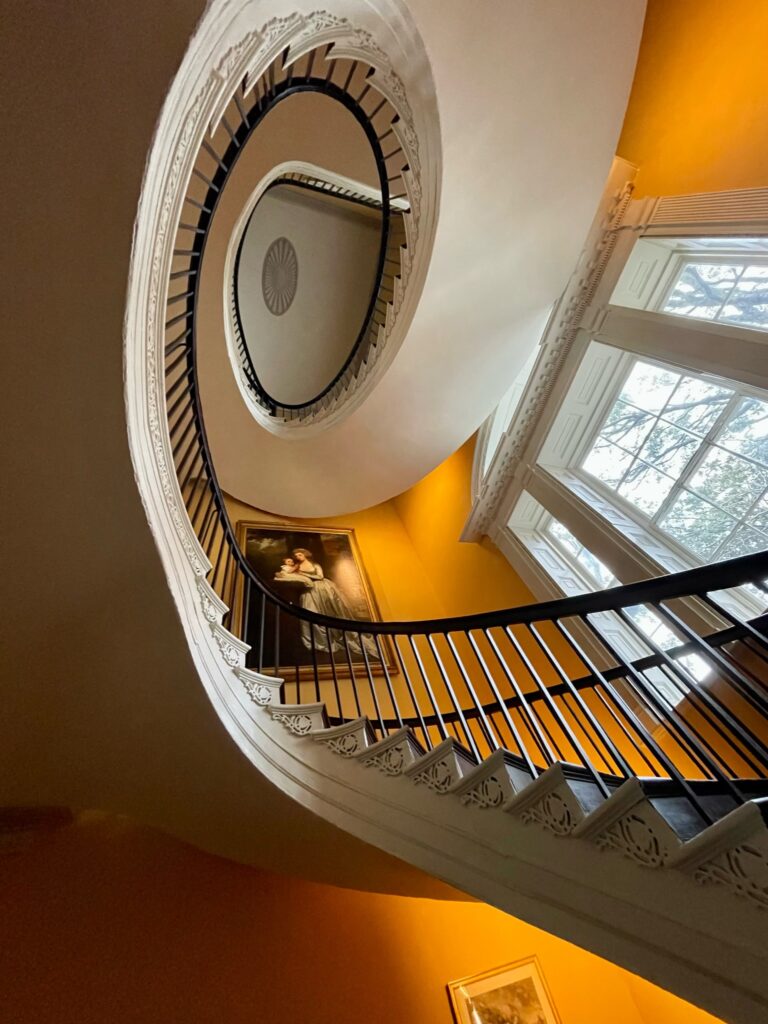
Nathaniel Russell House
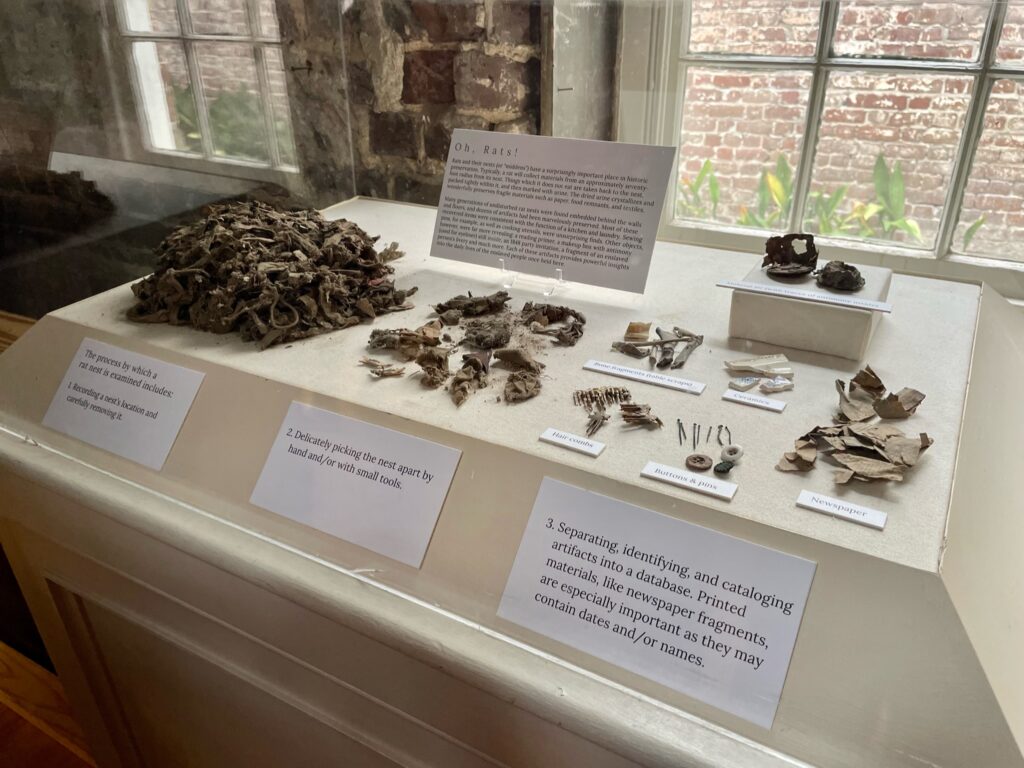
Rats Provide Restoration Clues!
Continuing our explorations, we stopped for coffee, an almond croissant, and a berry tarte at a French neighborhood café with outdoor seating called Le Chambertin. It was perfection!
We then walked down King Street and through the many small alleys of Charleston. We passed the homes of Rainbow Row (main blog photo) several times as we zig zagged through the streets.
It was Sunday so when mass let out, we also peeked into St. Michael’s Church, which is just one of 400 churches in Charleston, but has the unique distinction of being George Washington’s church! Many people say Charleston is called “the Holy City” because it was an area of religious freedom with all welcome, but there’s a lot of evidence to suggest this is untrue. The term was first mentioned in a 1933 obituary and some regular news columns in the 1950s popularized the term (more info here)
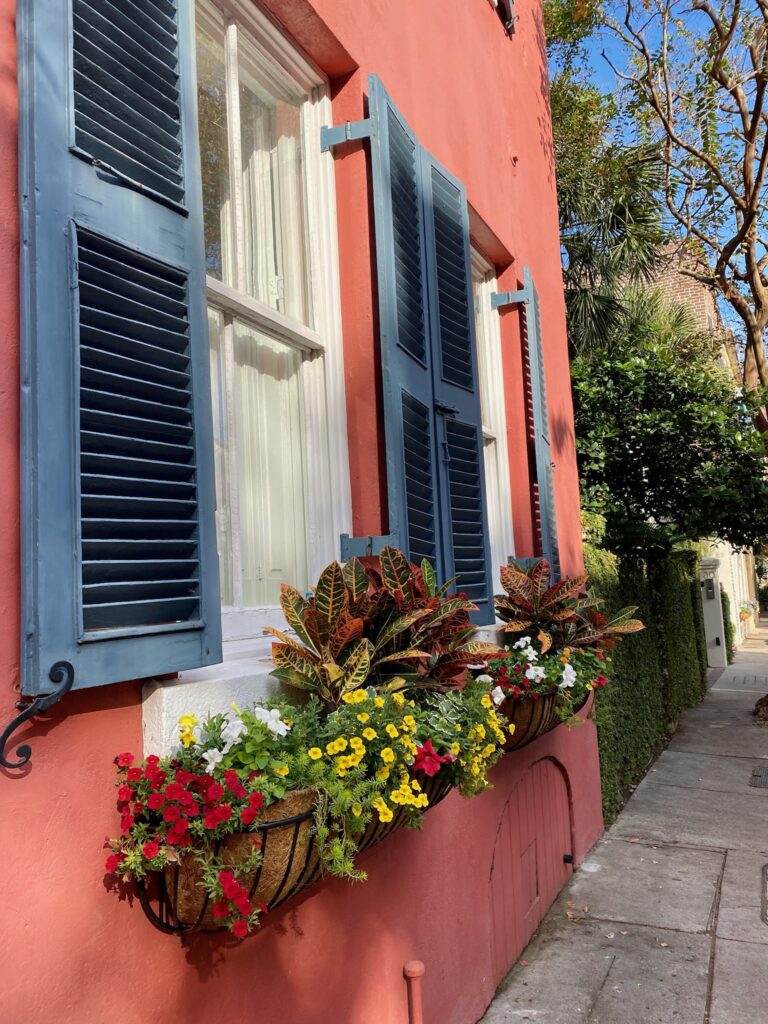
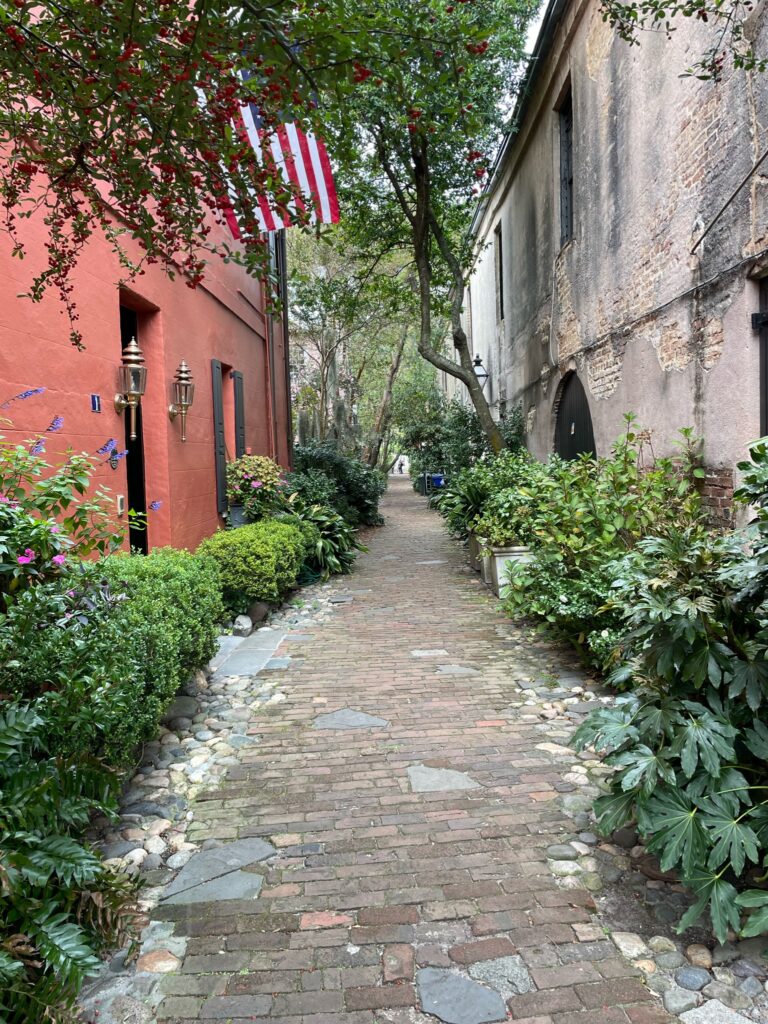
Alleyway
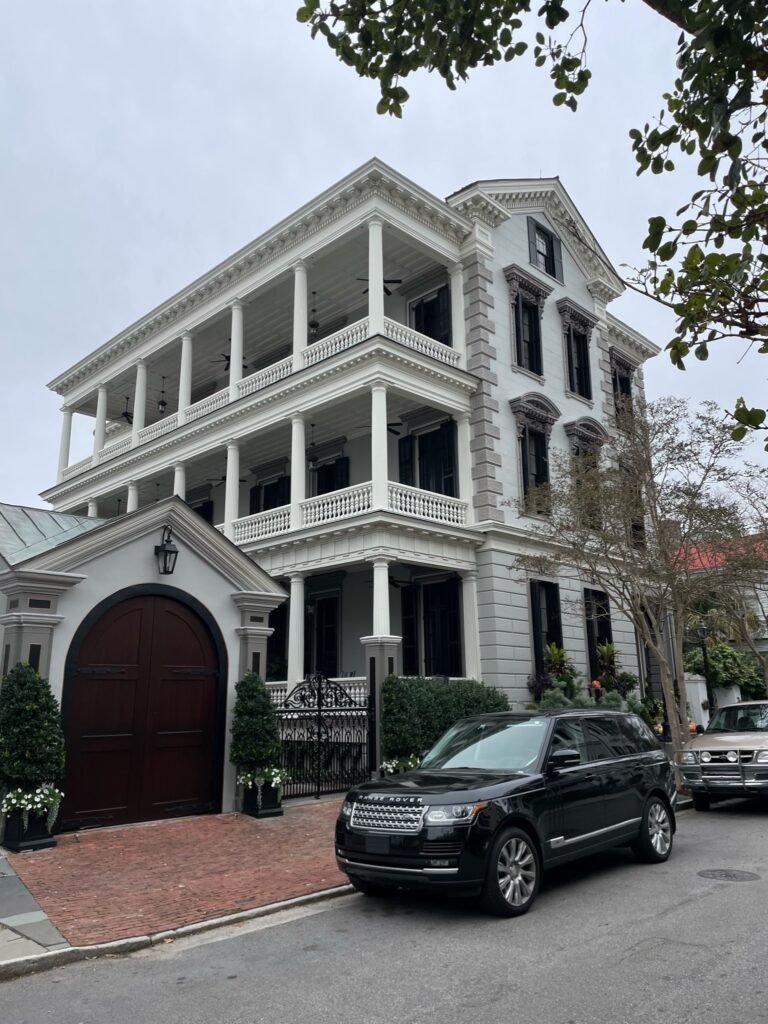
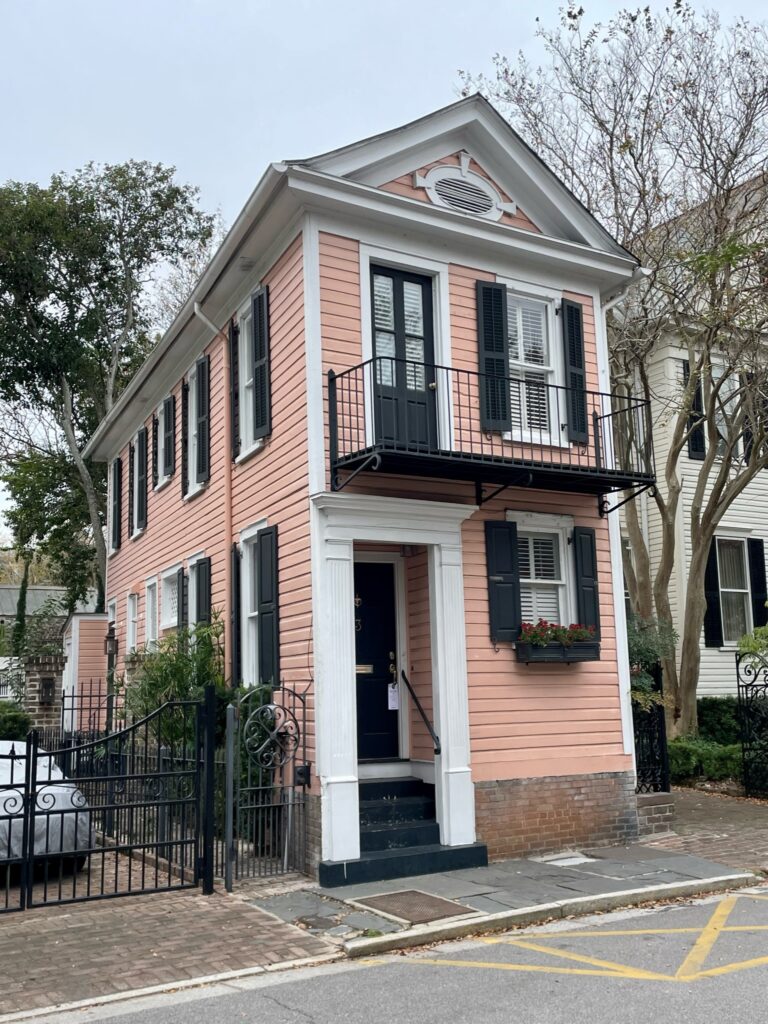
Just Our Size! 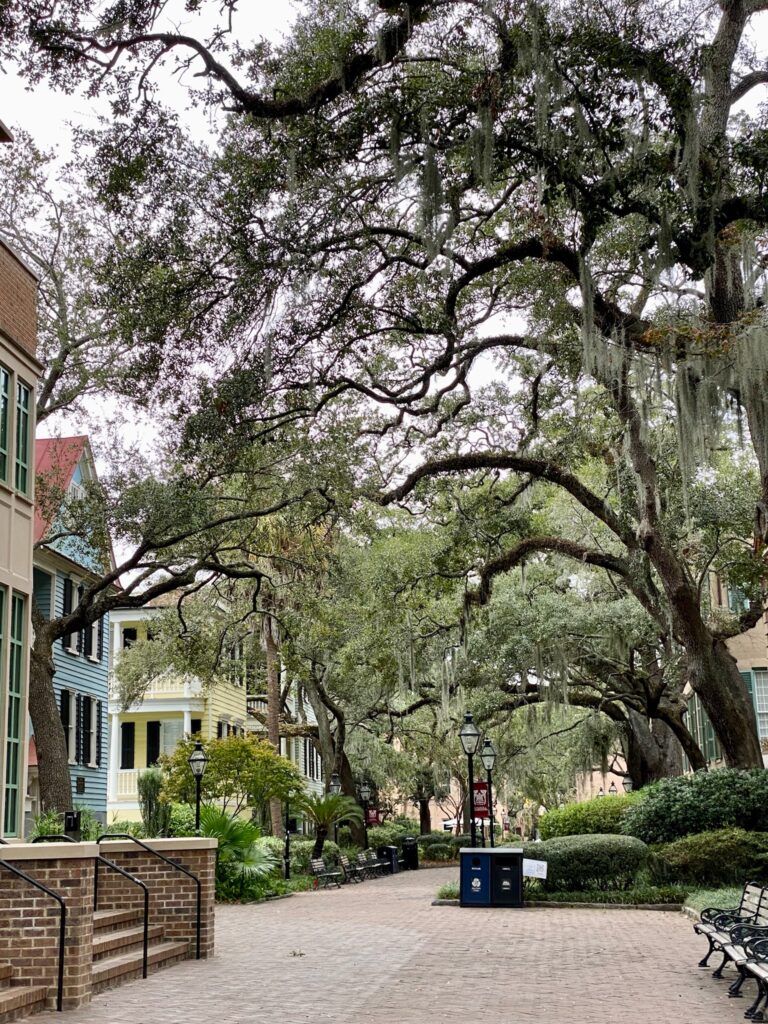
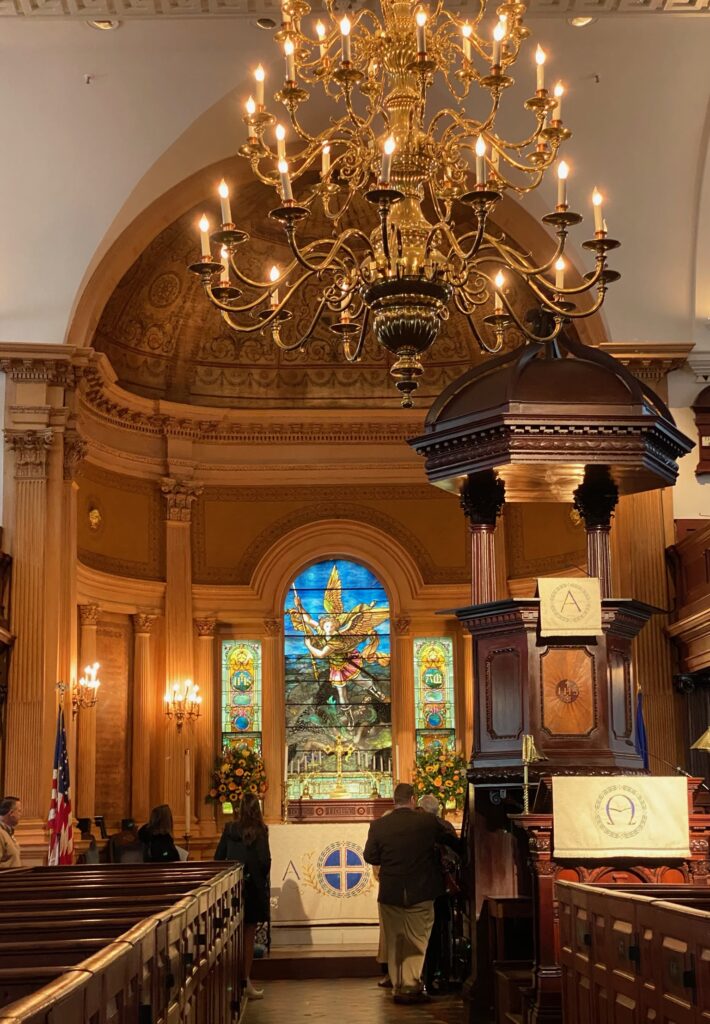
St. Michael’s 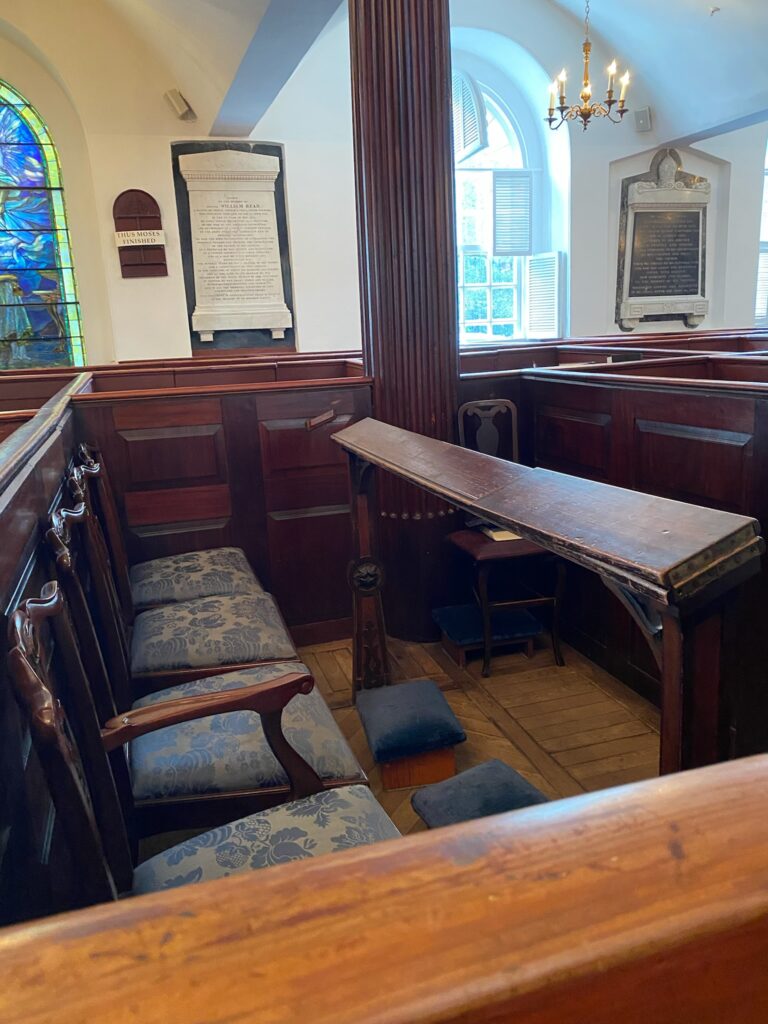
Washington’s Pew
We had planned to see the Boone Hall Plantation the next day because it holds the distinction of being the oldest working plantation, but our tour guide said he enjoyed the Middleton Plantation more, so we went to Middleton. Middleton is a National Historic Landmark known for having the oldest landscaped gardens in the U.S. and, despite it being winter, the tiered landscaping, pools, hedging and dramatic old oaks made for a serene setting. The tour provides a look at four generations of the Middletons and their slaves. We went to a volunteer-led talk about slavery at this plantation which was informative. The stable yard includes live animals and a bit of living history with costumed blacksmiths, weavers, etc.
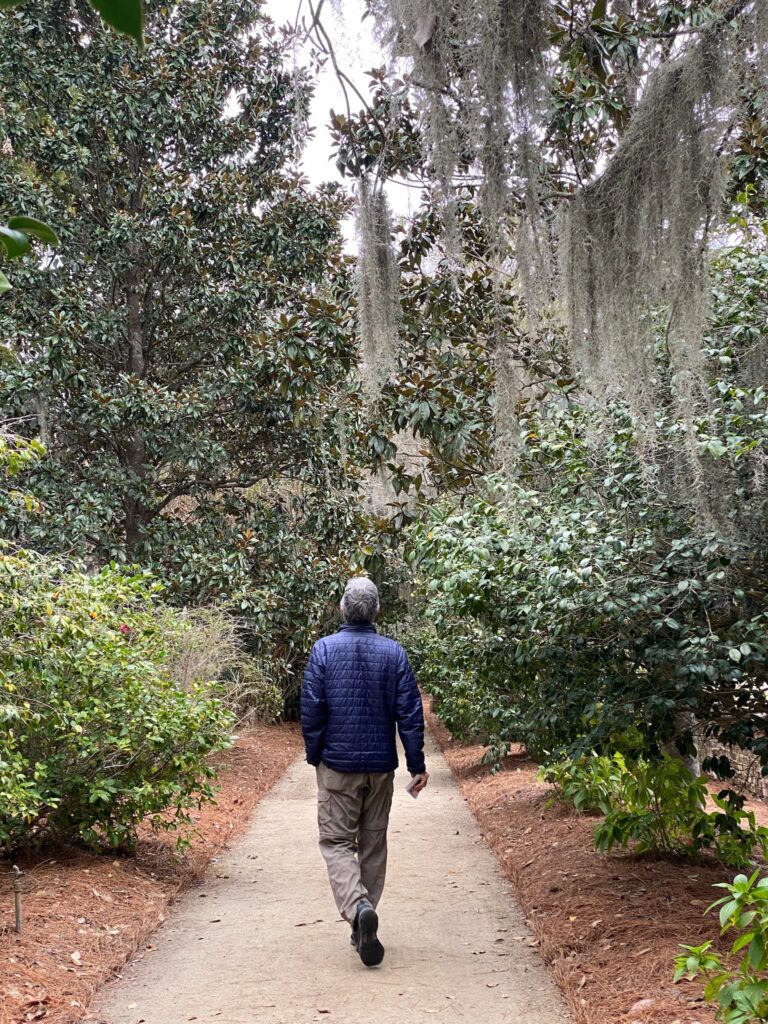
Middleton Plantation 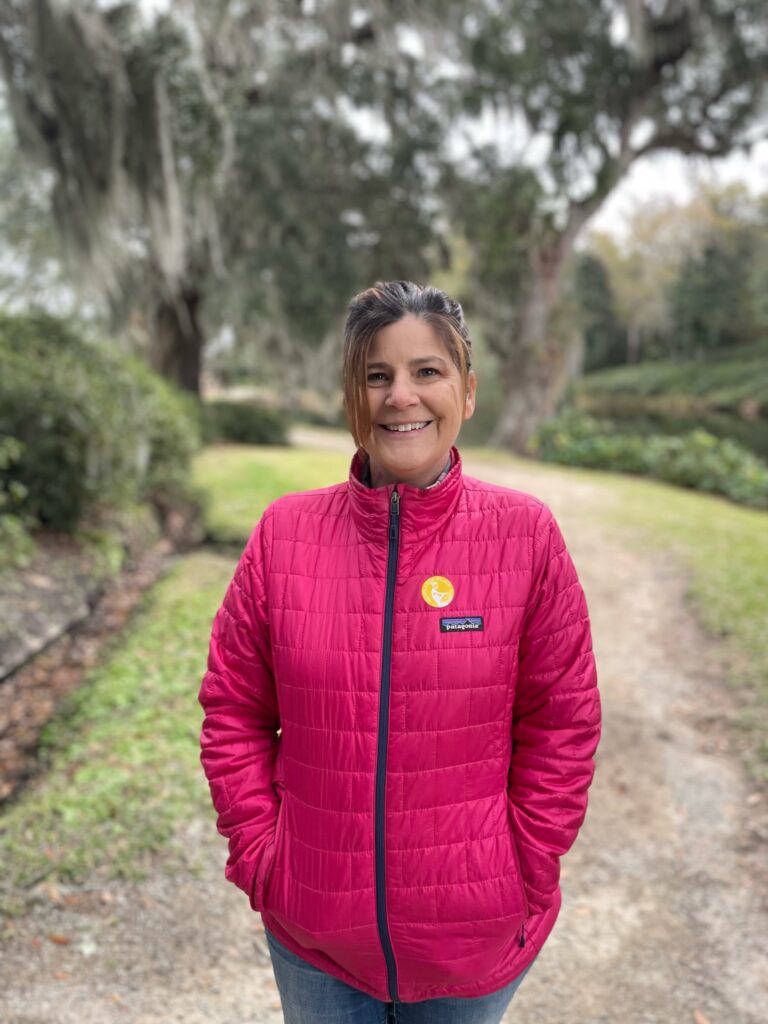
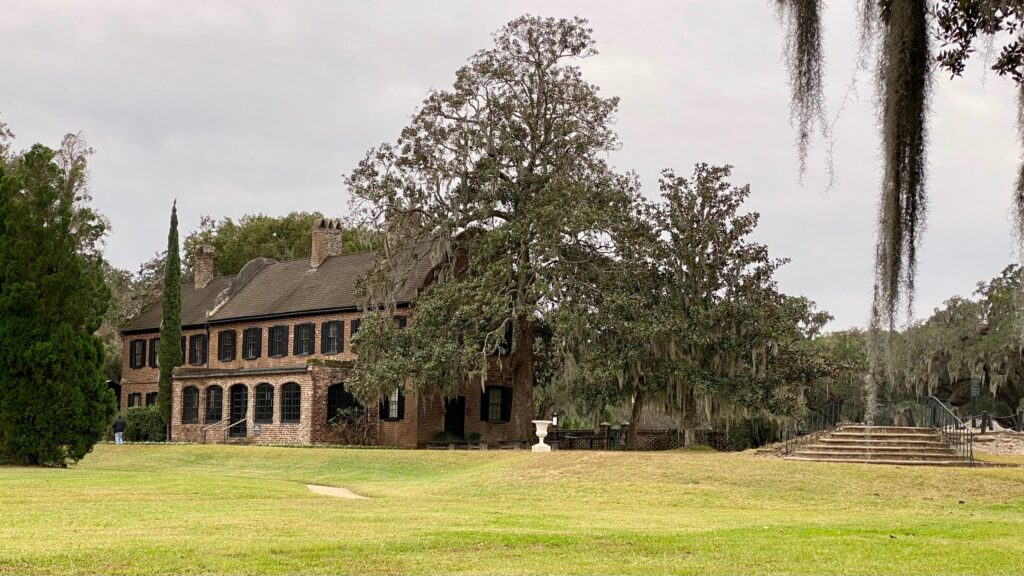
We were surprised when we pulled into the James Island County Park to camp as they were already hosing their holiday Festival of Lights. Free entry was included with our camping fee so we drove through with some holiday iTunes in the car. Doug walked over to see more later in the evening. Last we toured a zoo that had a lights display and with no holiday decorations in our tiny RV, it was nice to see lights again this year and another pleasant surprise of this Charleston visit.
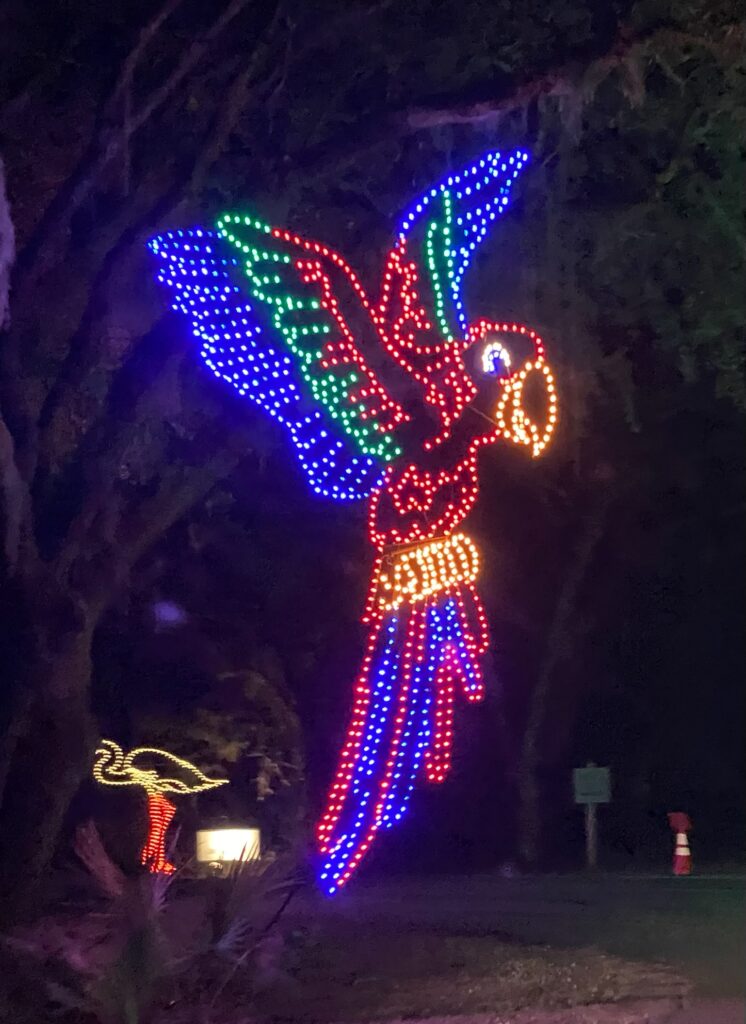
Festival of Lights 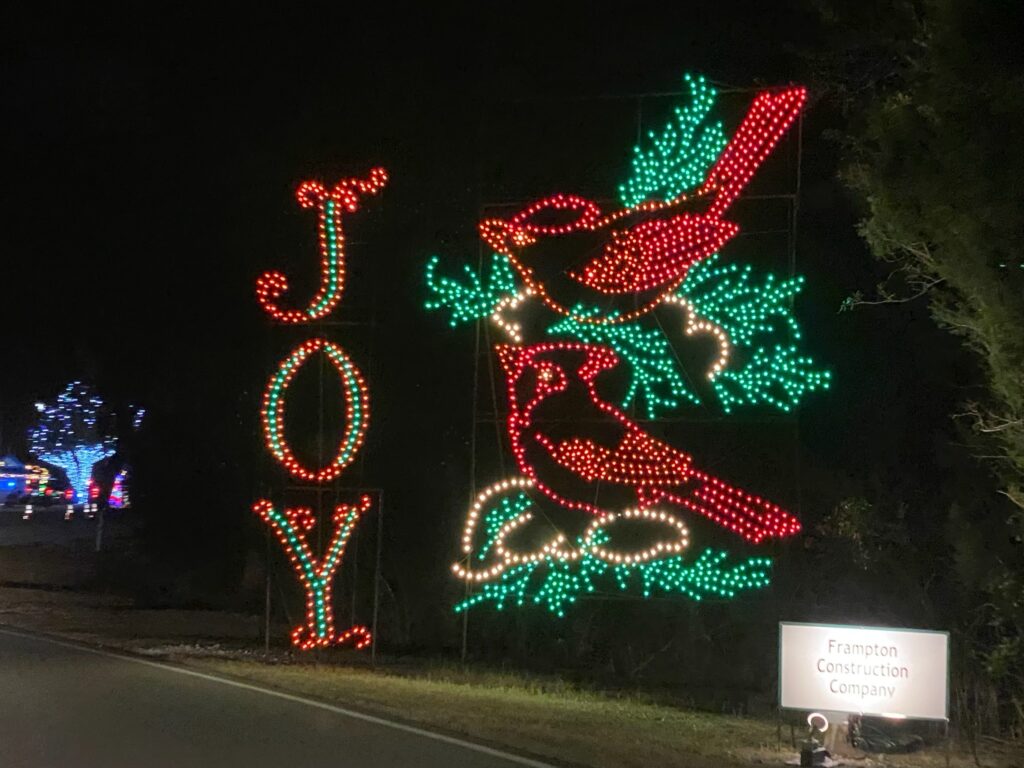
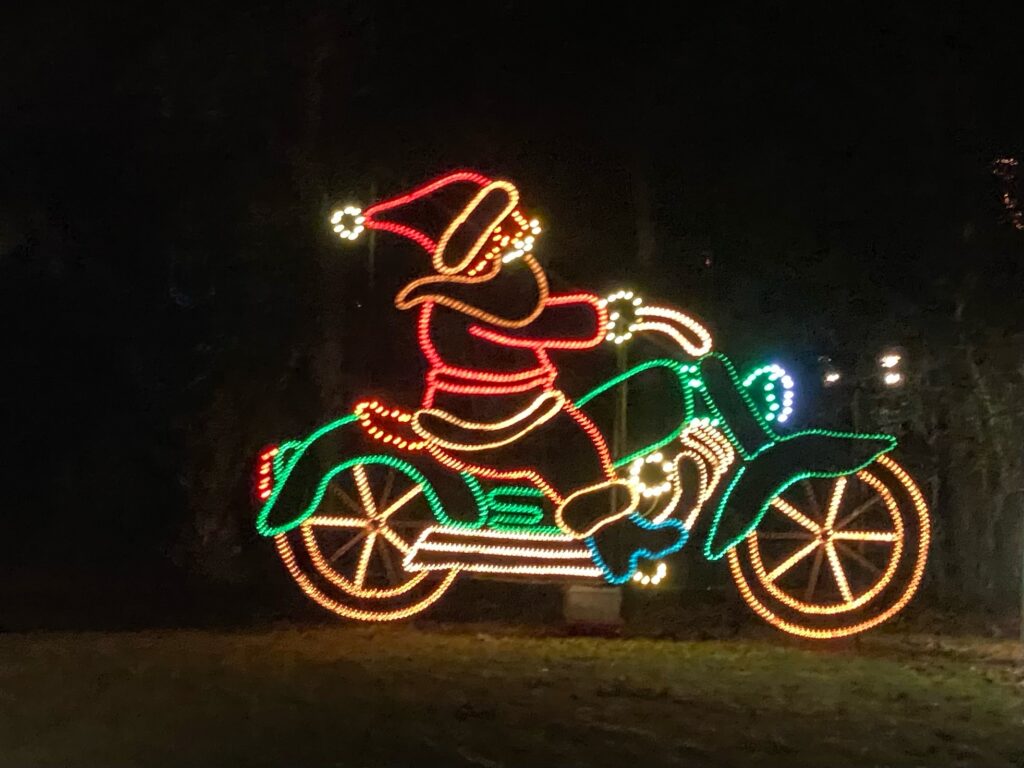
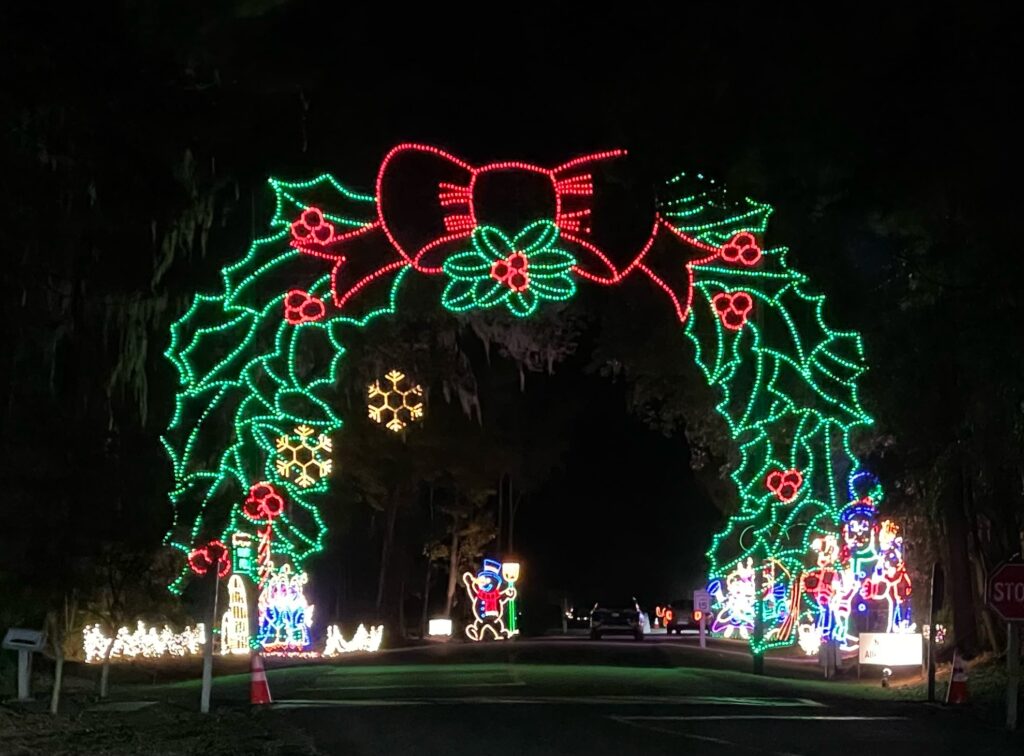
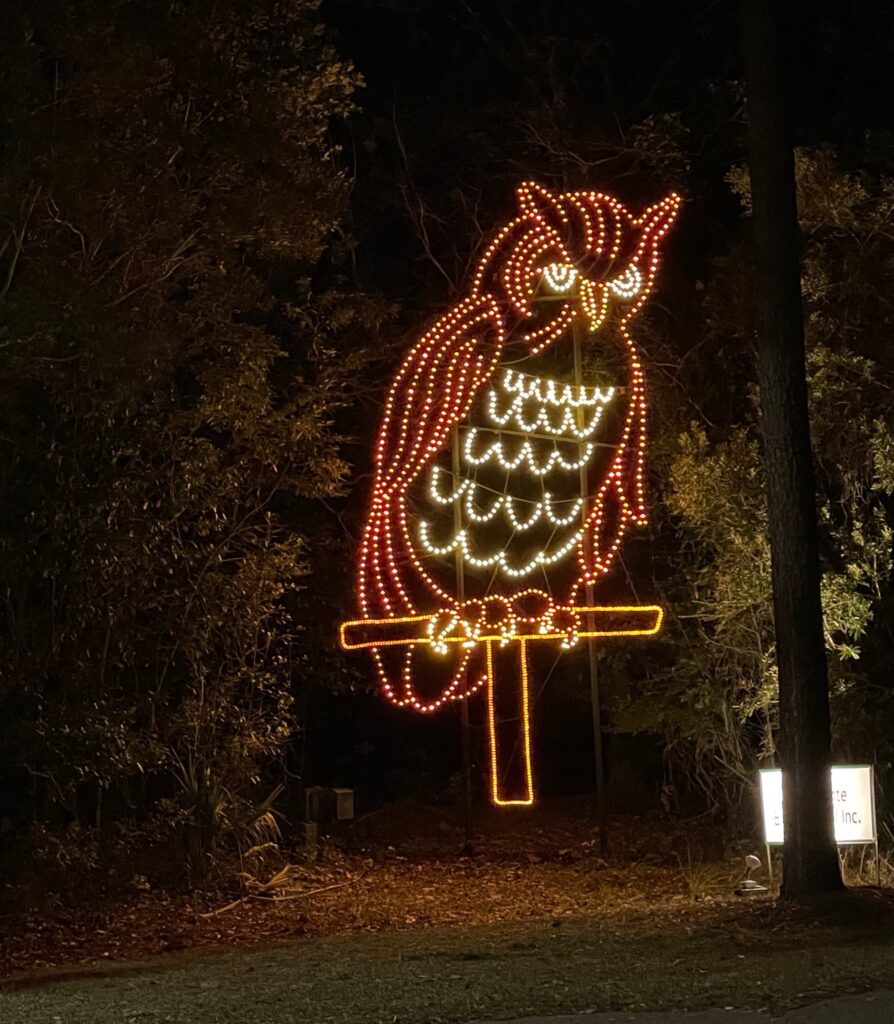
We’re now minimalists, so I’m sure for most people reading this post, it may seem incongruent that we enjoyed the voyeurism of these opulent homes. Maybe it’s because most people think being a minimalist means enjoying stark white walls, empty rooms, and lackluster furnishing or Scandinavian or Japanese style, but that type of minimalism is an aesthetic style, not a lifestyle. Maybe someday we’ll write more on this topic. In any case, we aren’t that kind of minimalist. We do prioritize experiences over things, and we also prioritize quality over quantity along with tidiness, so maybe that helps make sense of our admiration for the quality of homes, the clean beauty, and compact nature of this city.
In addition, Charleston checked a lot of our retirement boxes – college and airport in town, highly walkable, economically robust, lots to do with the added bonus of beach and water activities, at least 7 months of weather good enough for outdoor activities, some diversity, and at least an average cost of living.
With that said, to make friends and fit in in Charleston, we suspect that living in Charleston requires more “keeping up with the Joneses” than is reflected in just grocery, gas, and home prices. Our Charleston neighbors might misunderstand our minimalist lifestyle even less than most and would likely not be impressed by my purchase of one fantastic outfit that I just loved wearing over and over again to social events. At our casual brunch, I saw people in leisurewear, but high-end leisurewear – also sporting massive diamond necklaces, tennis bracelets, Hermes bags, Golden Goose shoes, etc. When I mentioned to Doug that a woman walking in front of us was carrying a small, basic-looking, black cross-body bag that cost $2000, he didn’t believe me at first, but a quick Google proved me right.
But if laid back, friendly, well-mannered individuals with a gift for hospitality; oodles of charming restaurants and boutiques; a city steeped in history with blocks and blocks of stunning architecture, gardens, and landscaping; the breezy sway of marsh grass, palmetto palms, and Spanish moss as its backdrop; and beautiful sandy beaches with cool waters don’t at least make you want to visit, I can’t help y’all.
If you like the sound of this, add this wonderfully pristine and romantic city to your must-visit list!

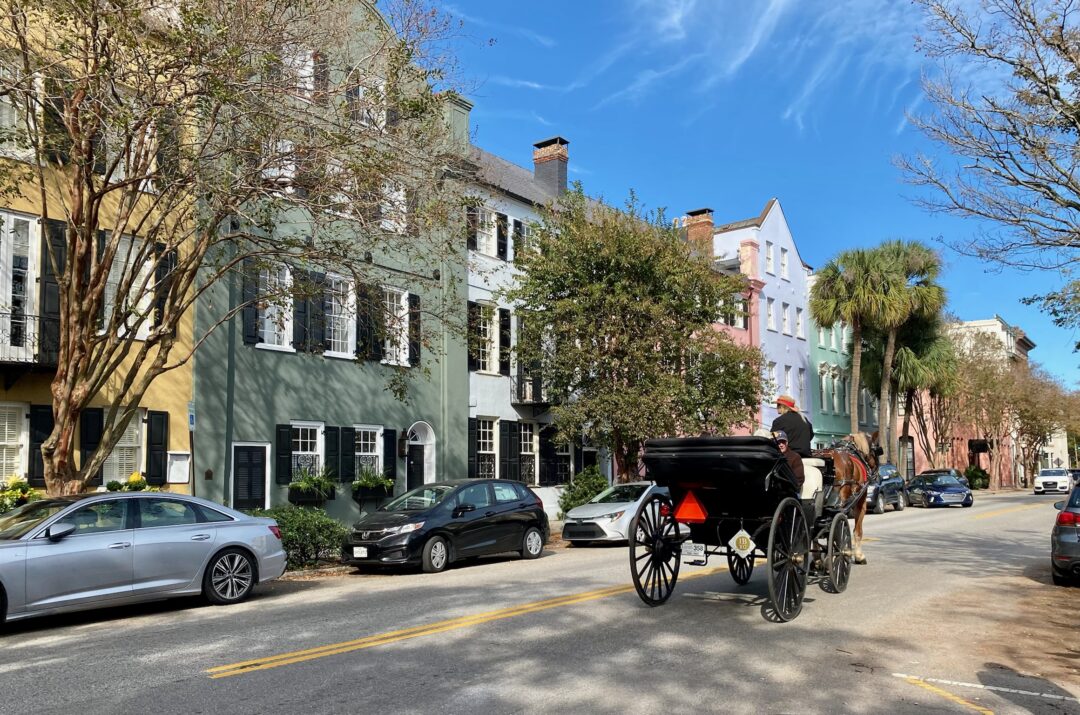
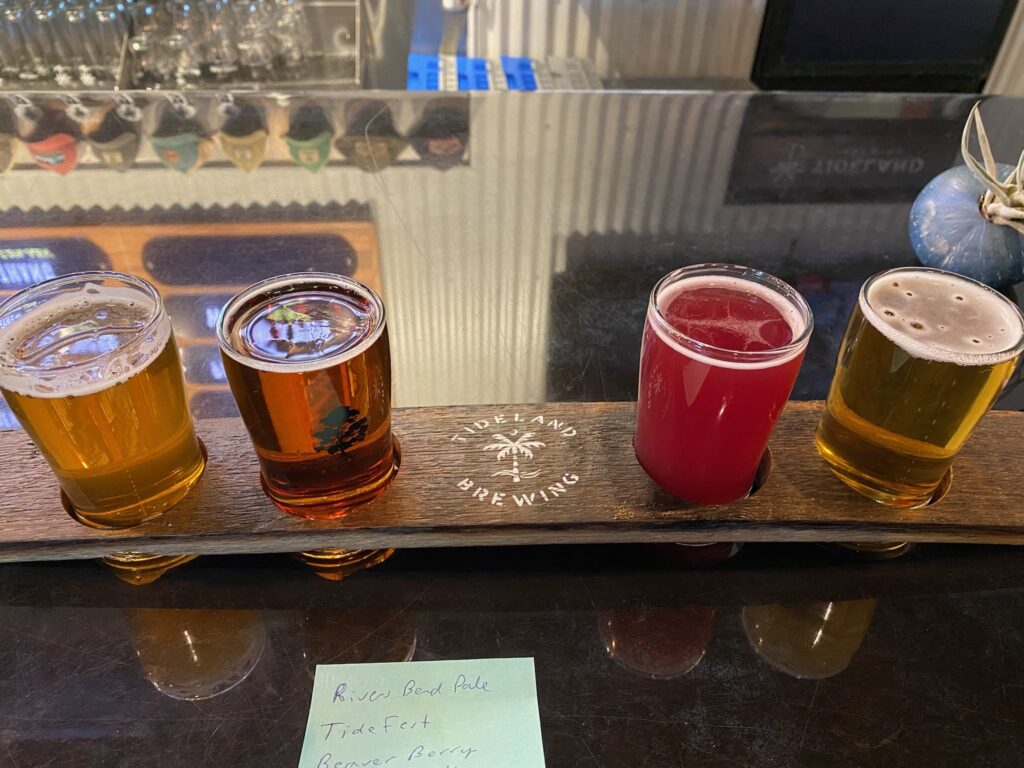
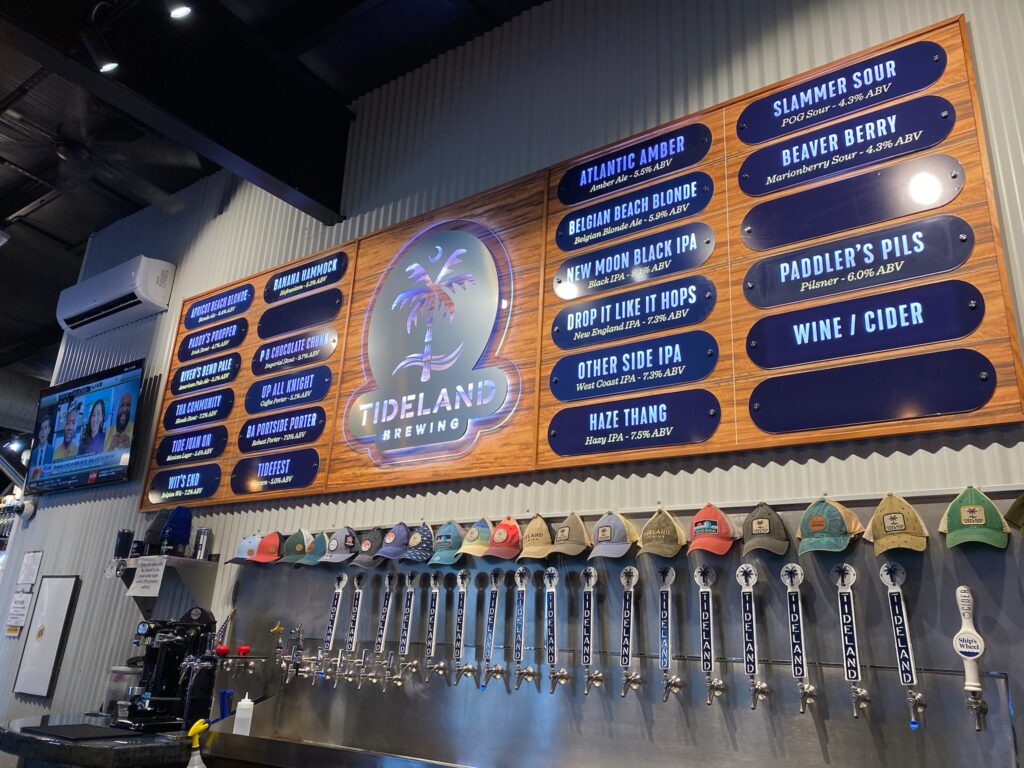

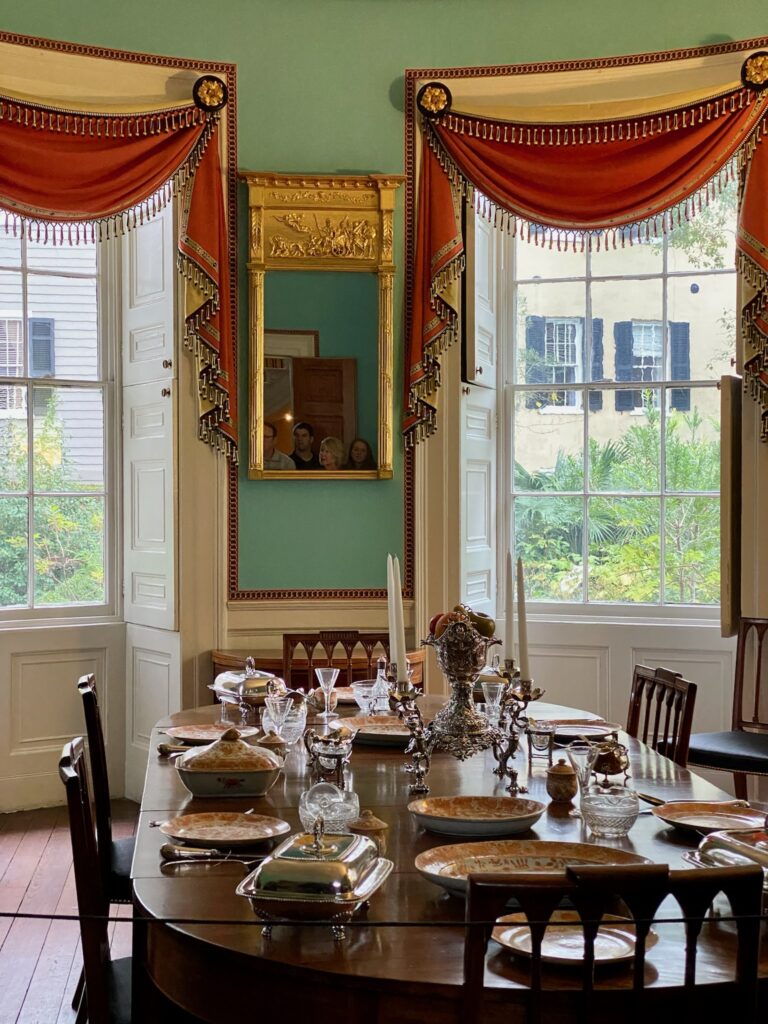
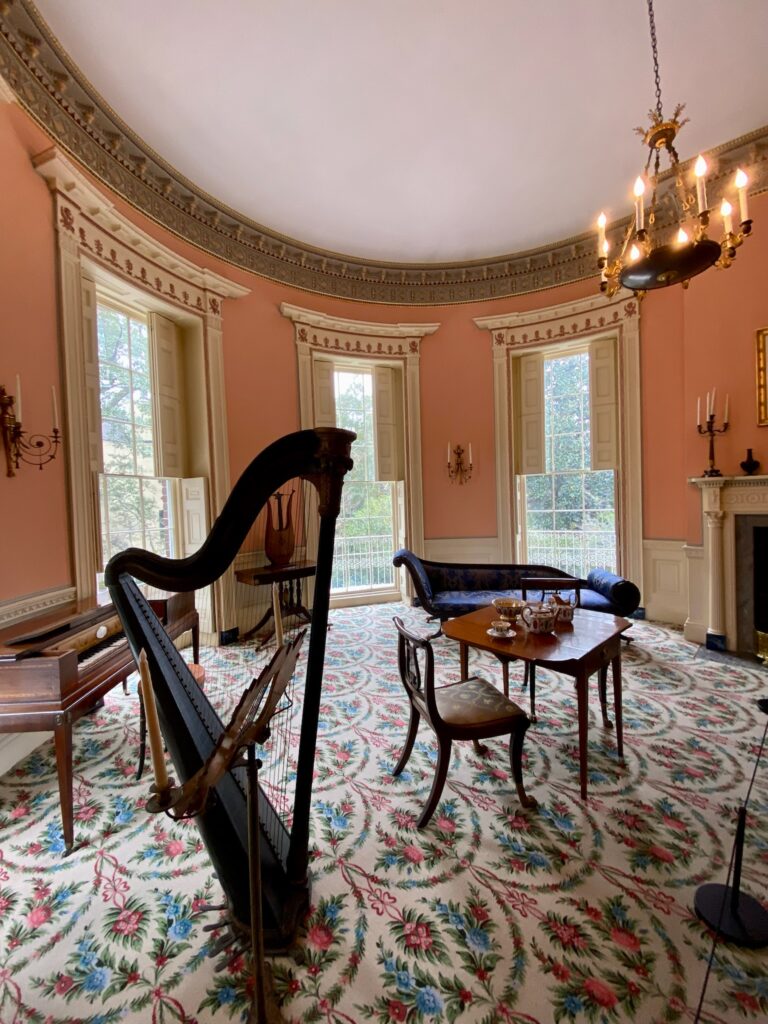
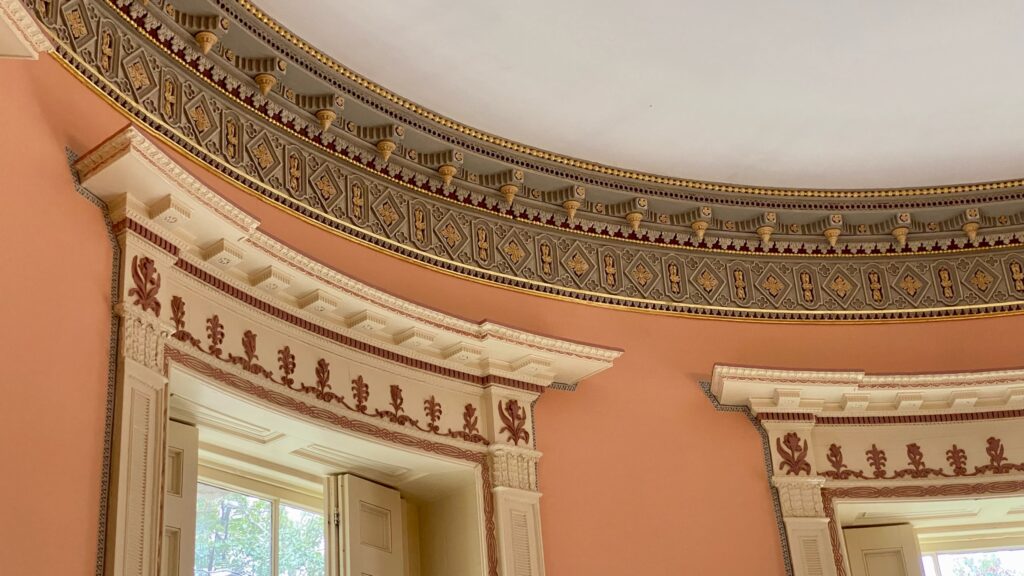
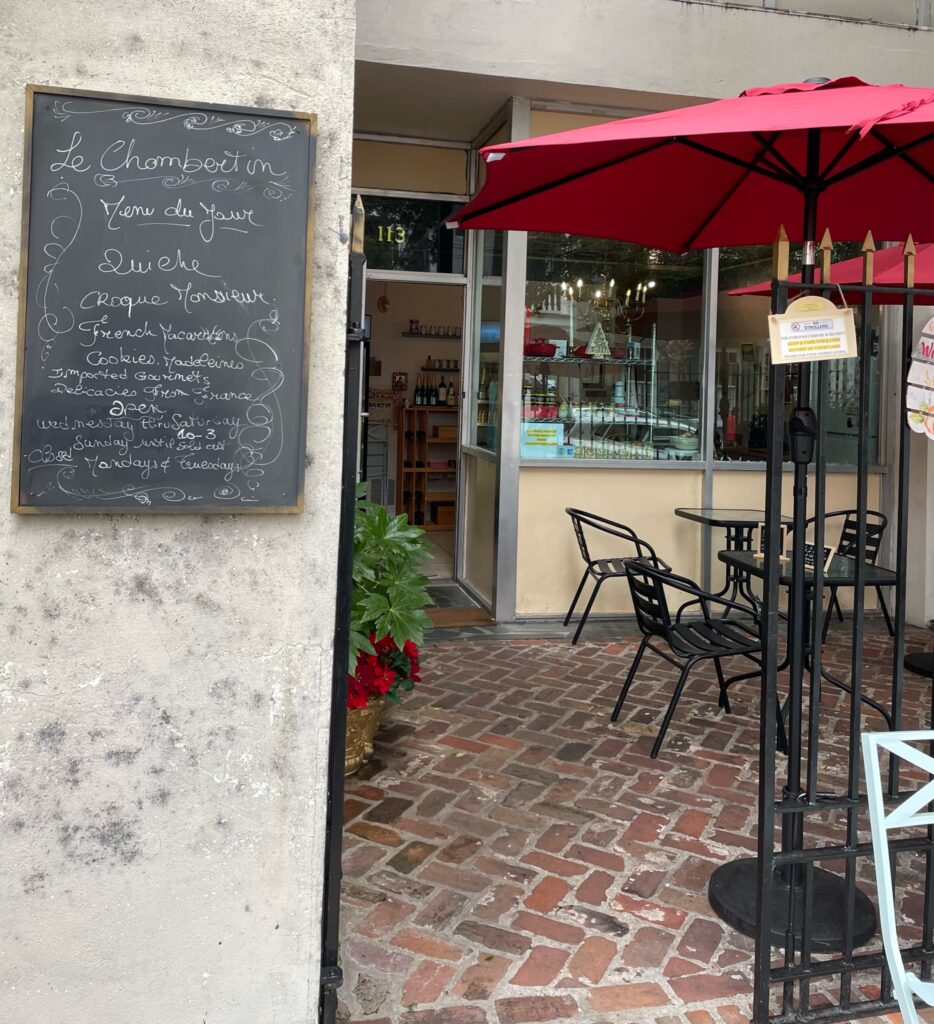
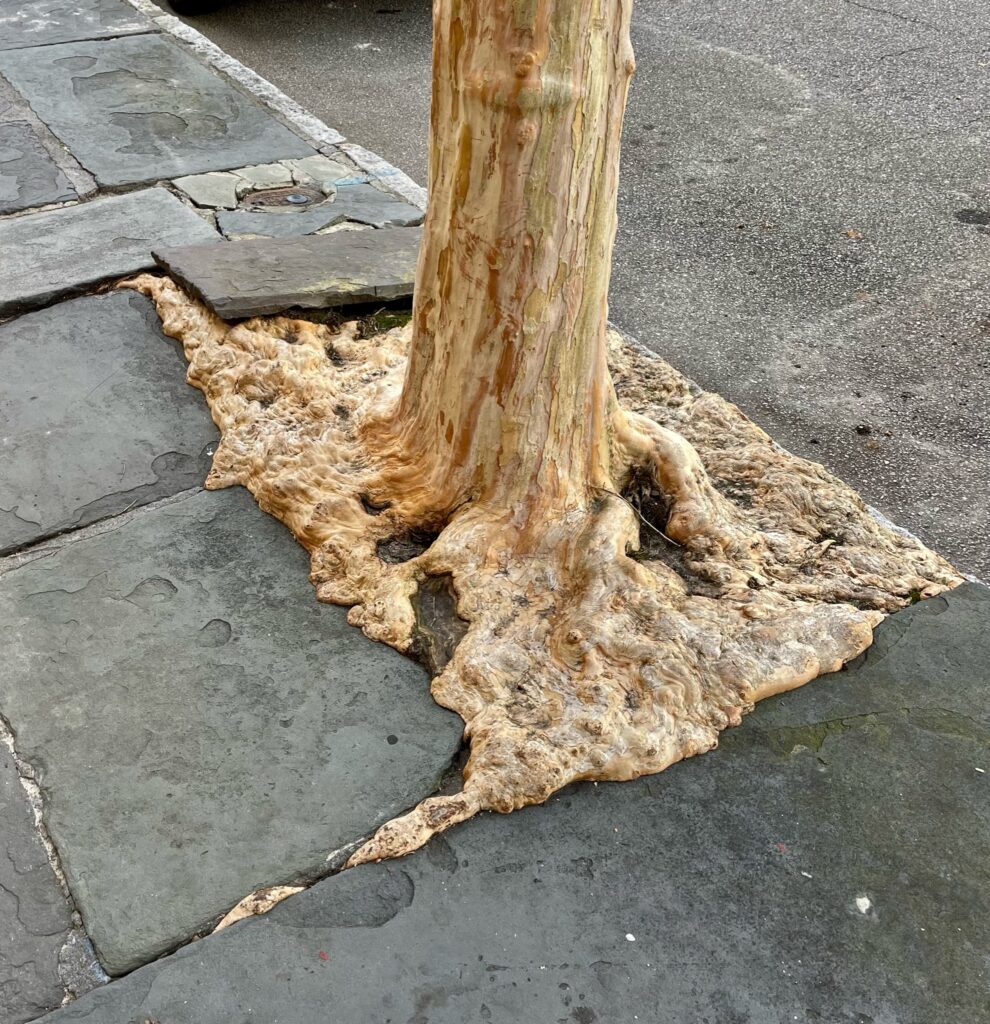
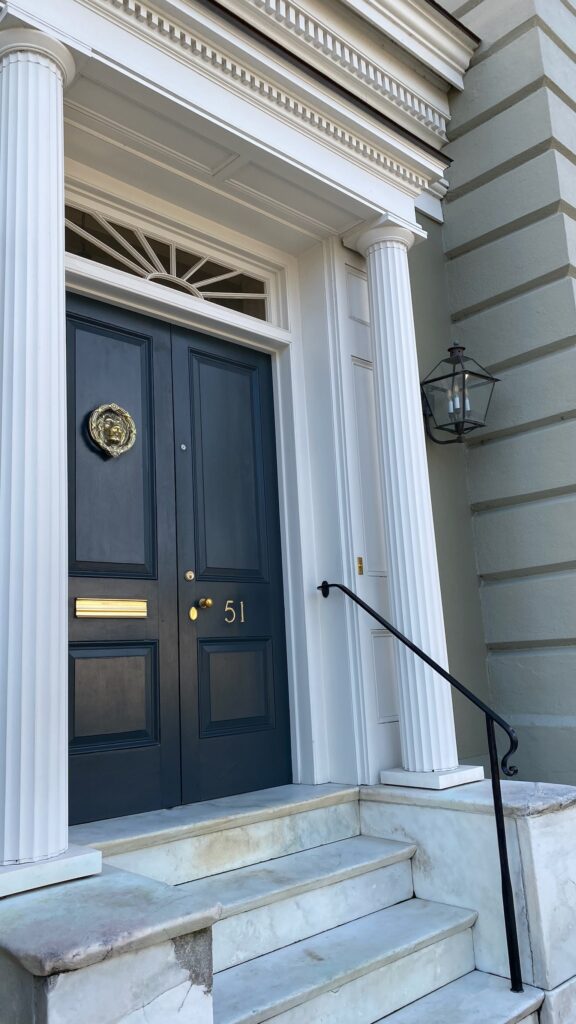
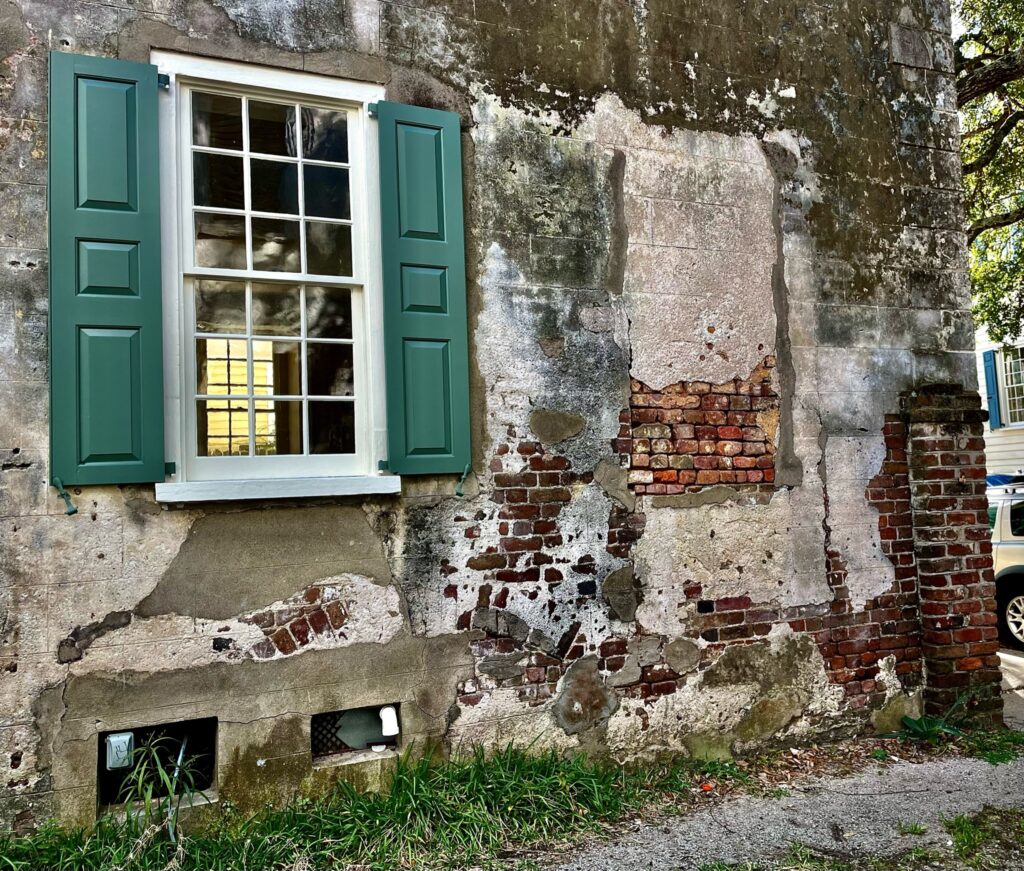
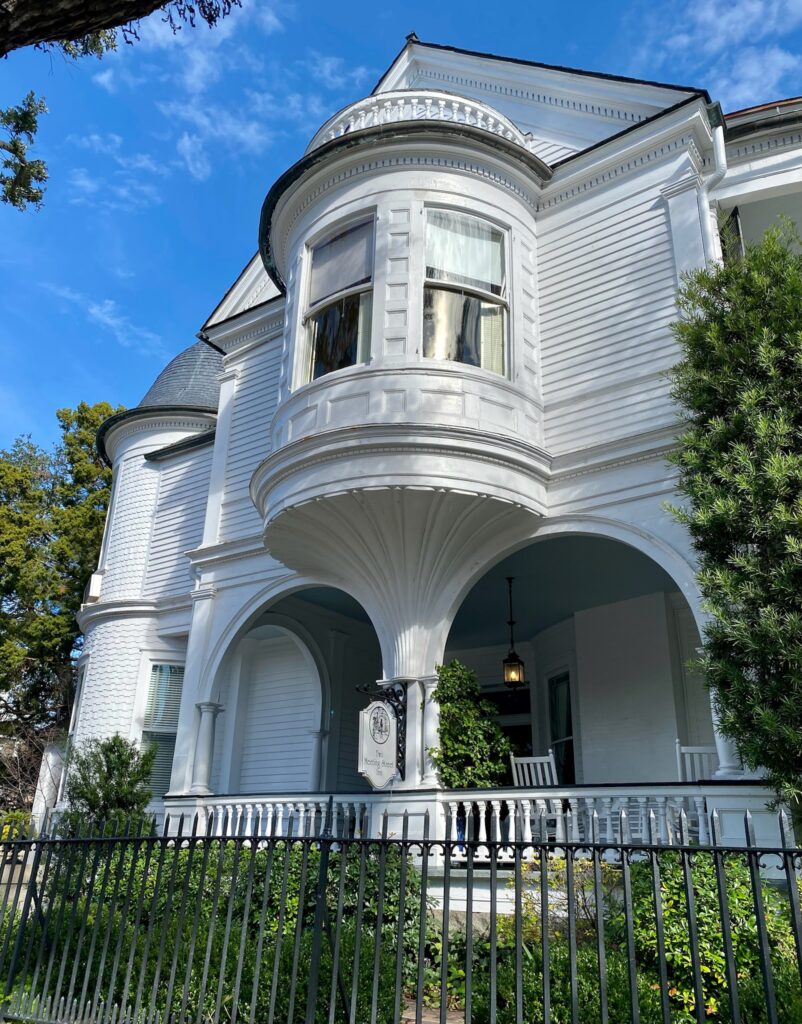
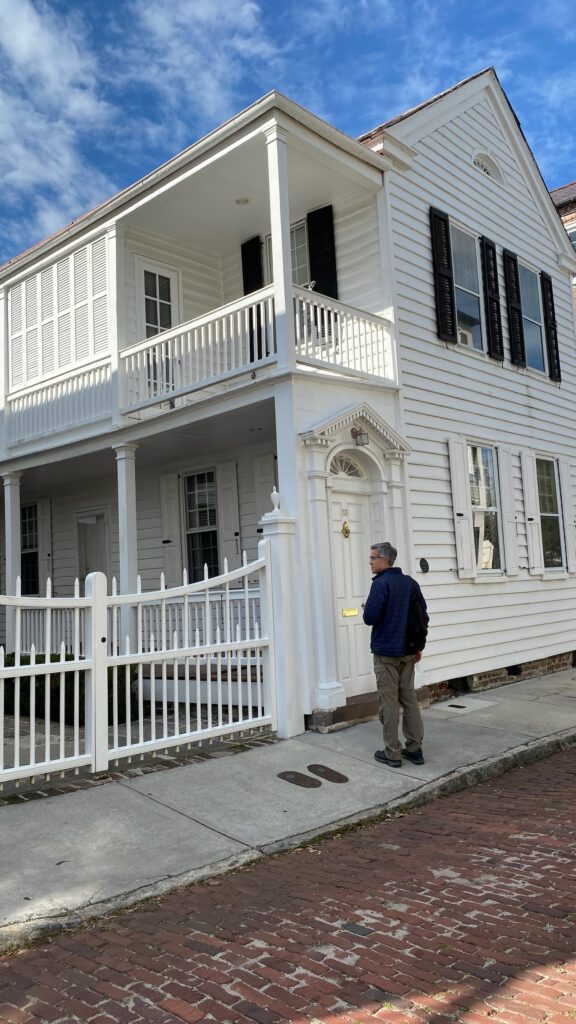
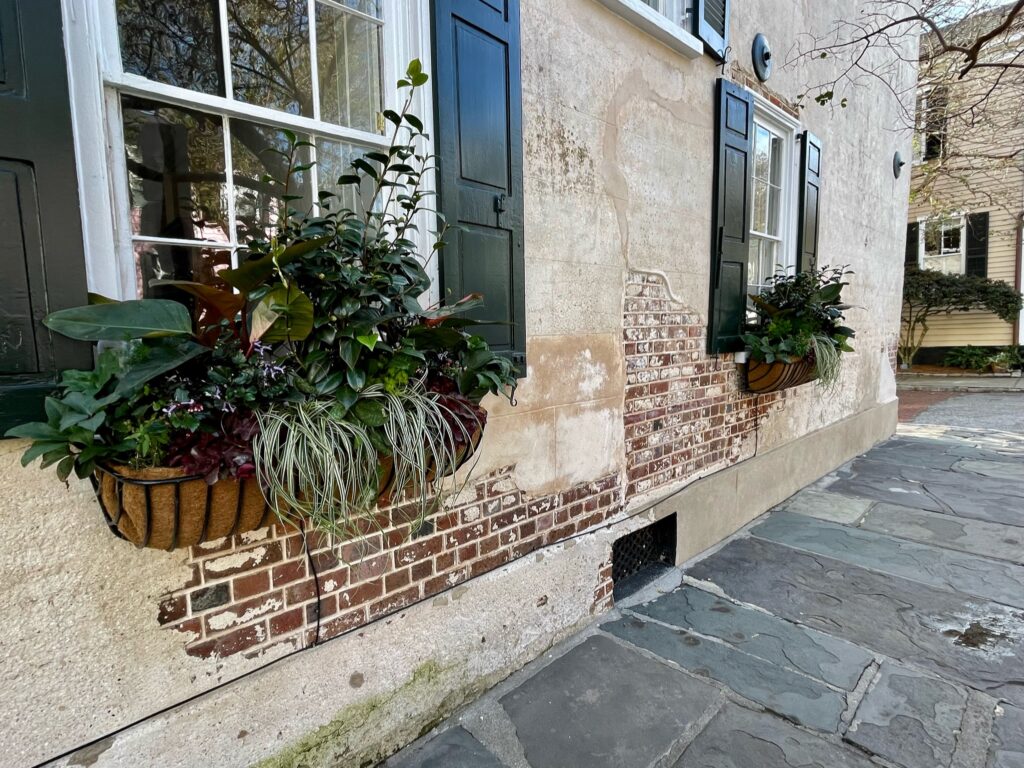
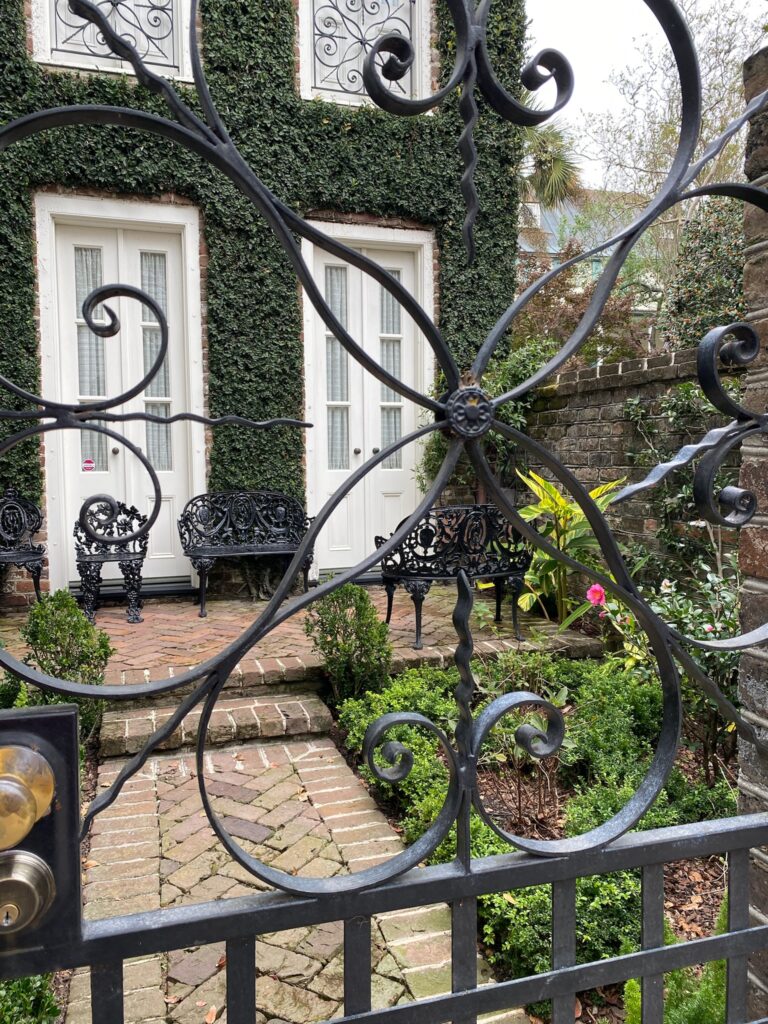
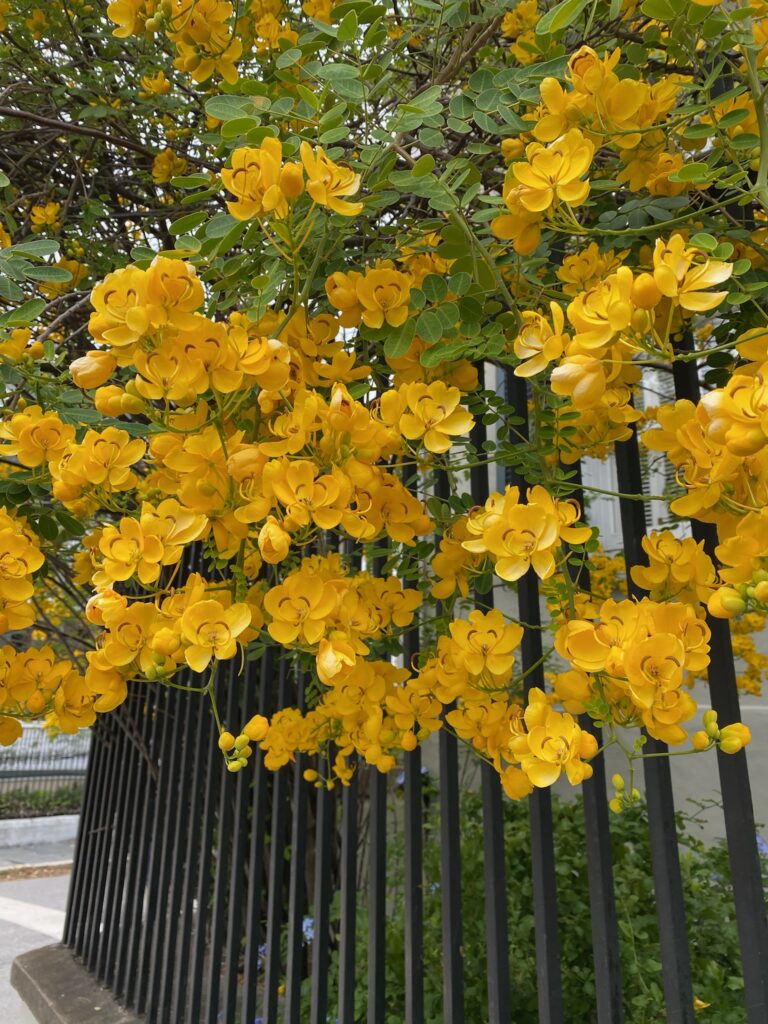
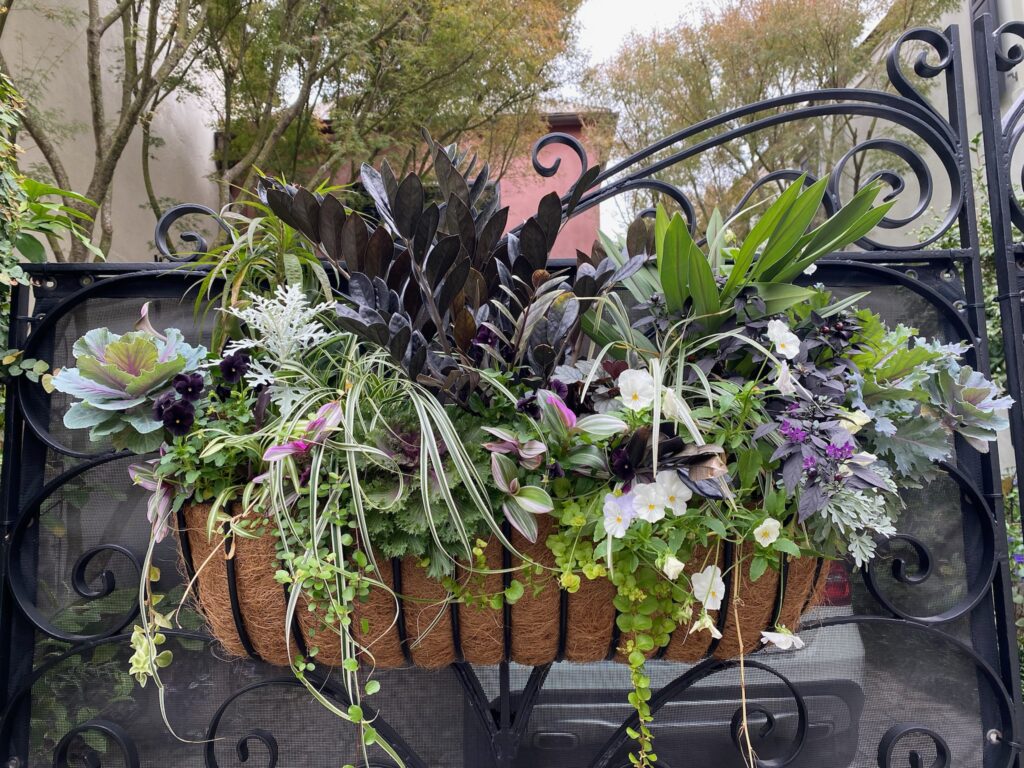
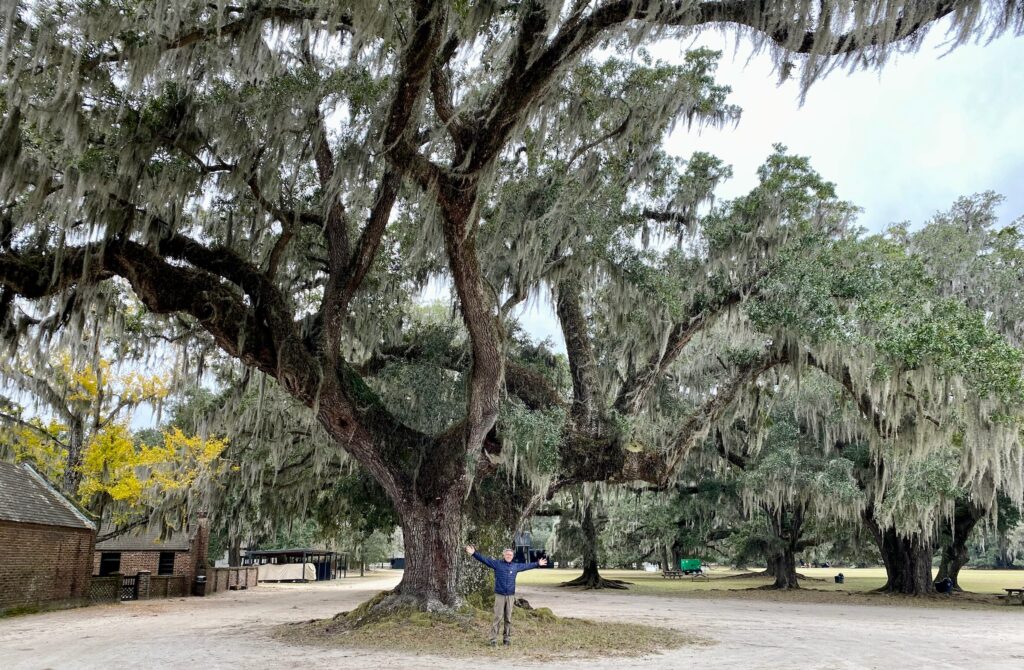
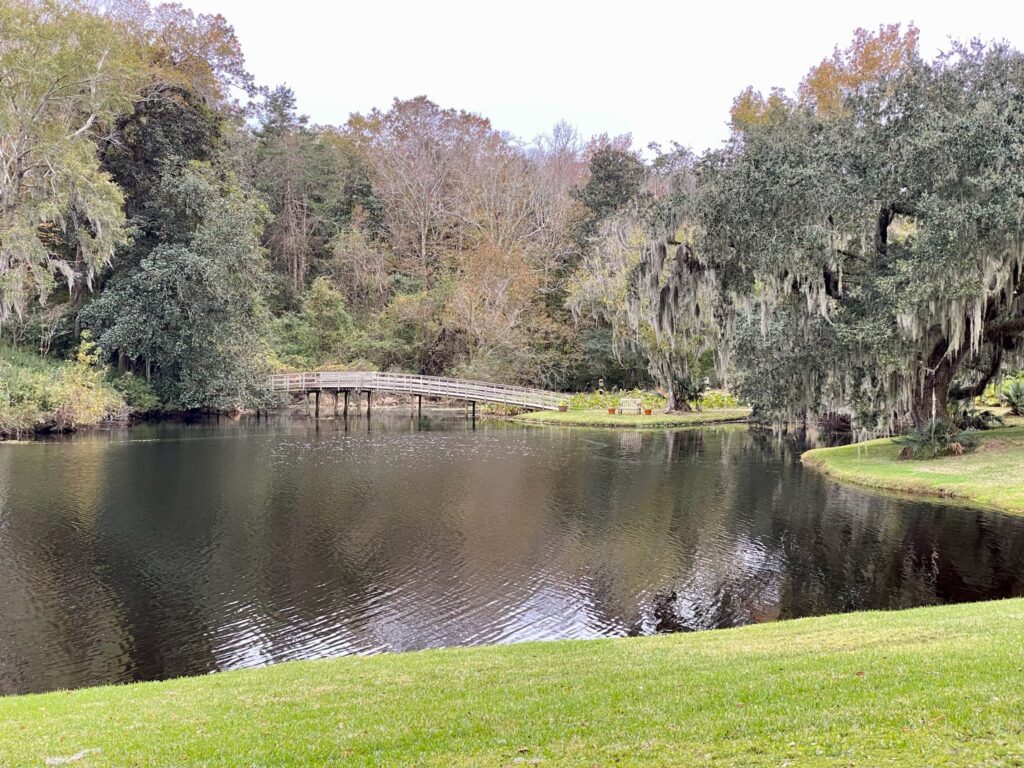
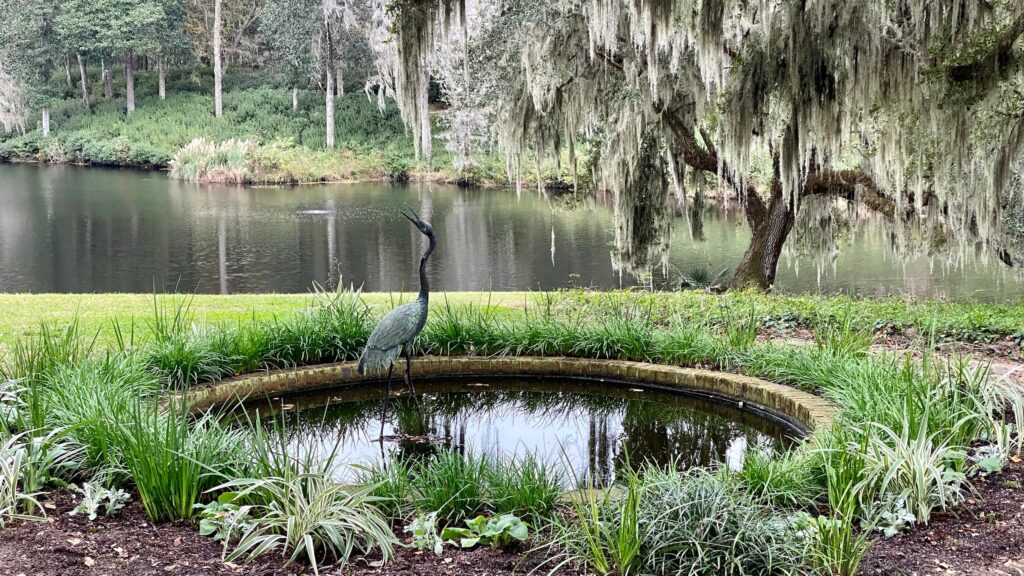
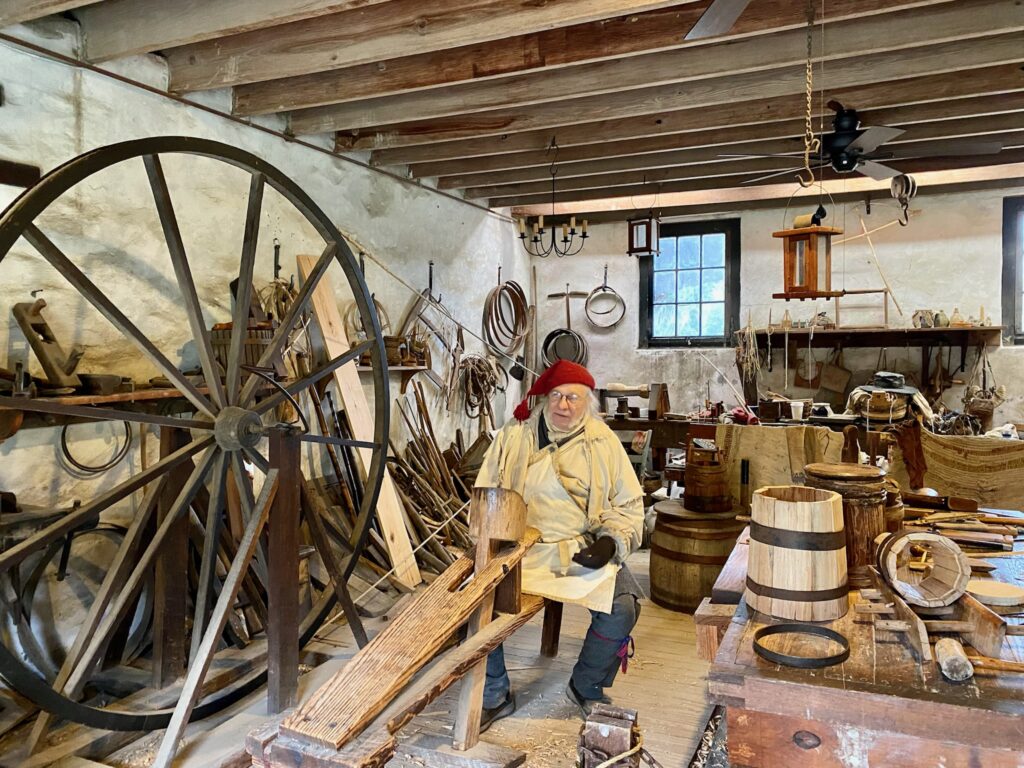
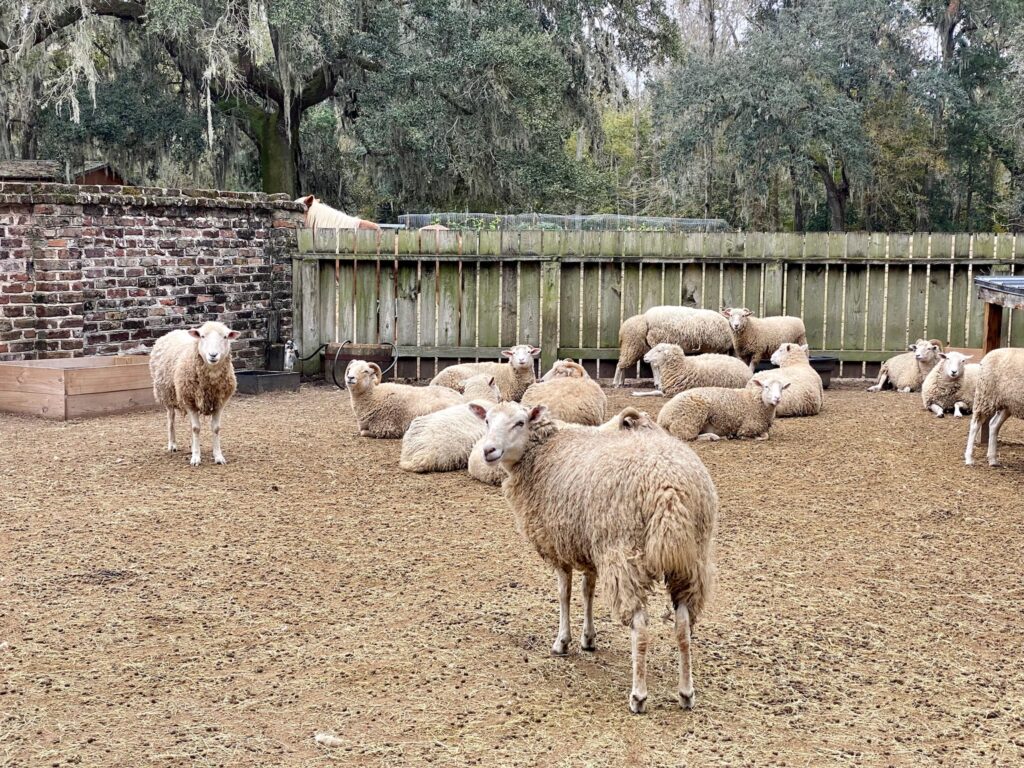
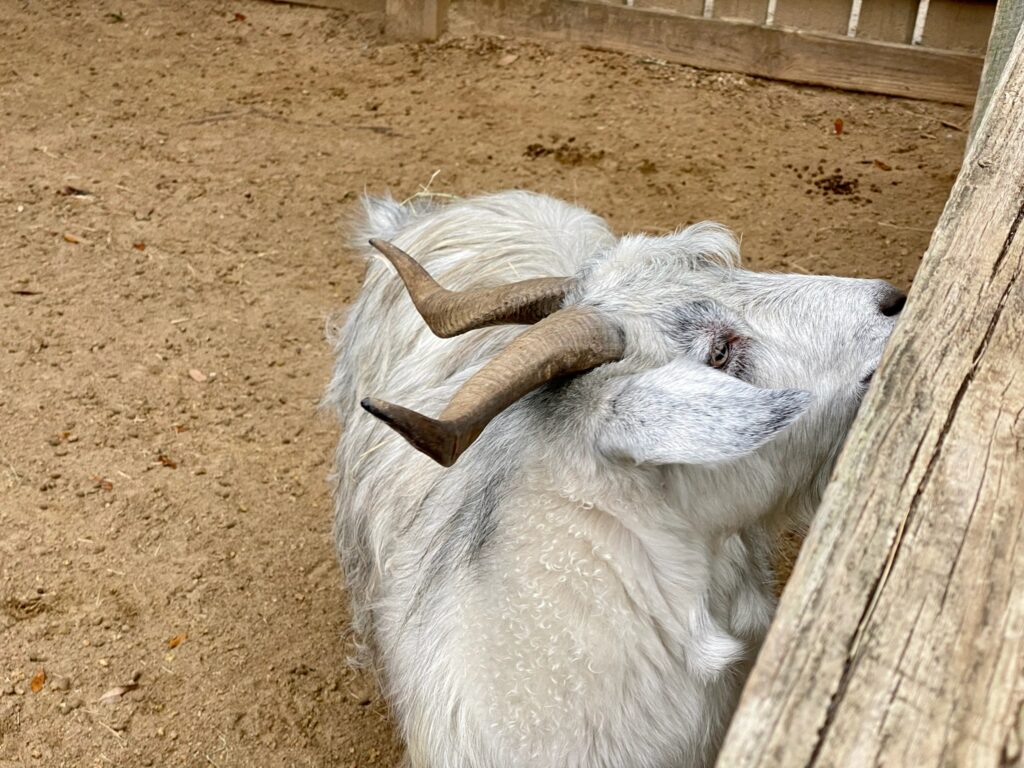
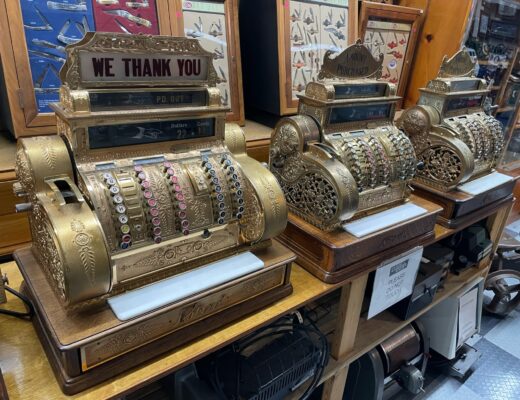
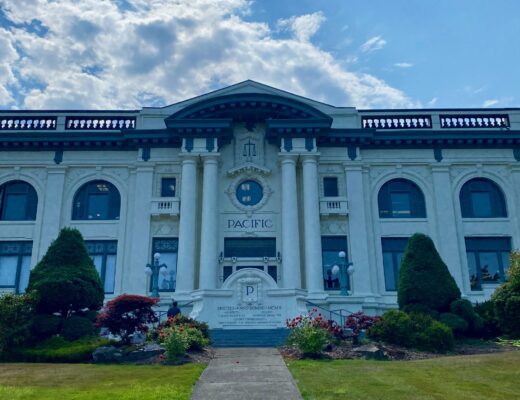
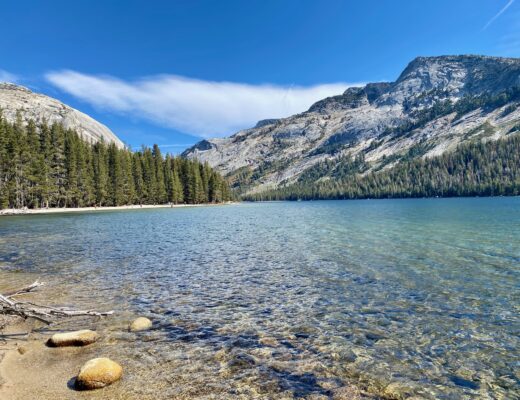








 Did you know that the oldest and largest aviati
Did you know that the oldest and largest aviati








 #camphairdontcar
#camphairdontcar


